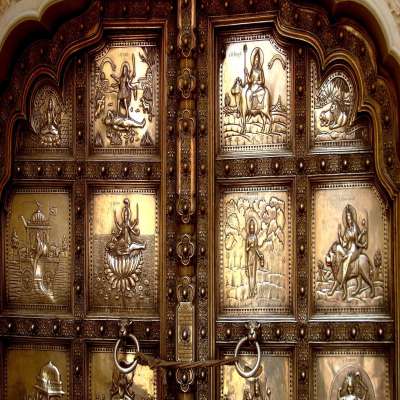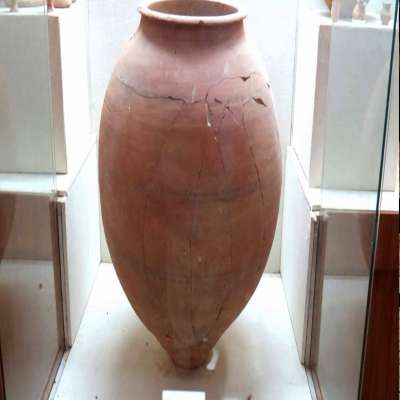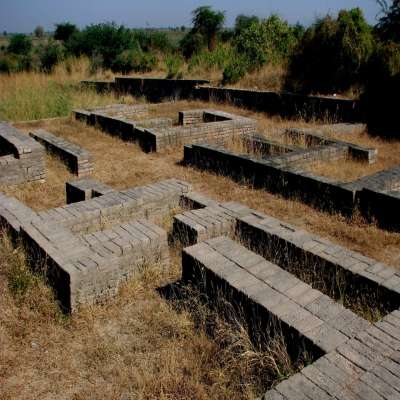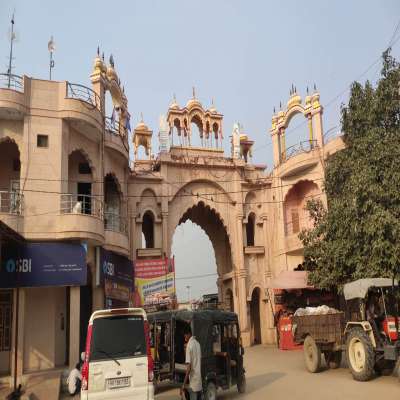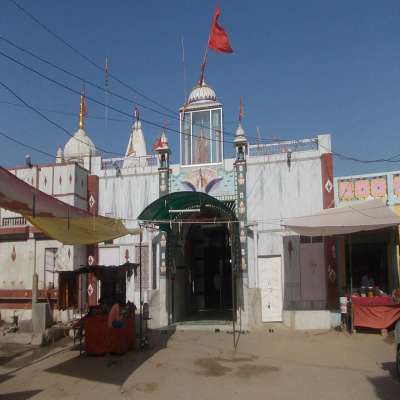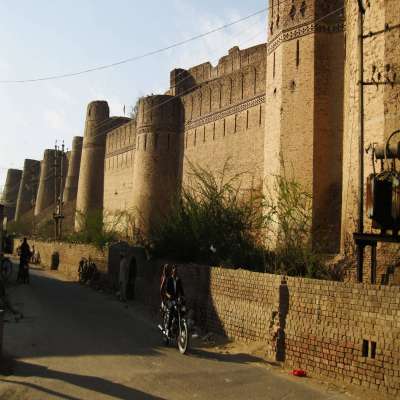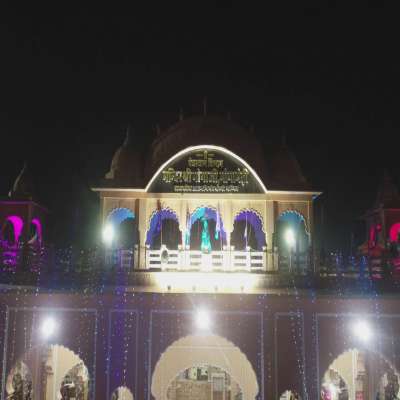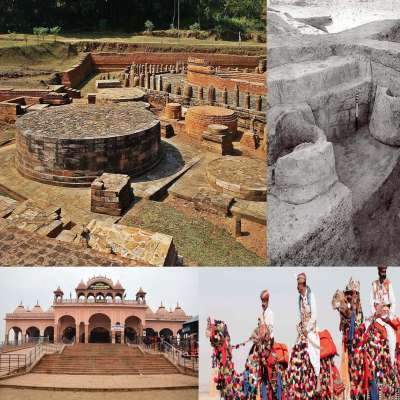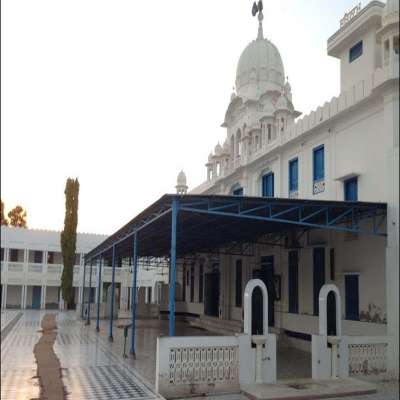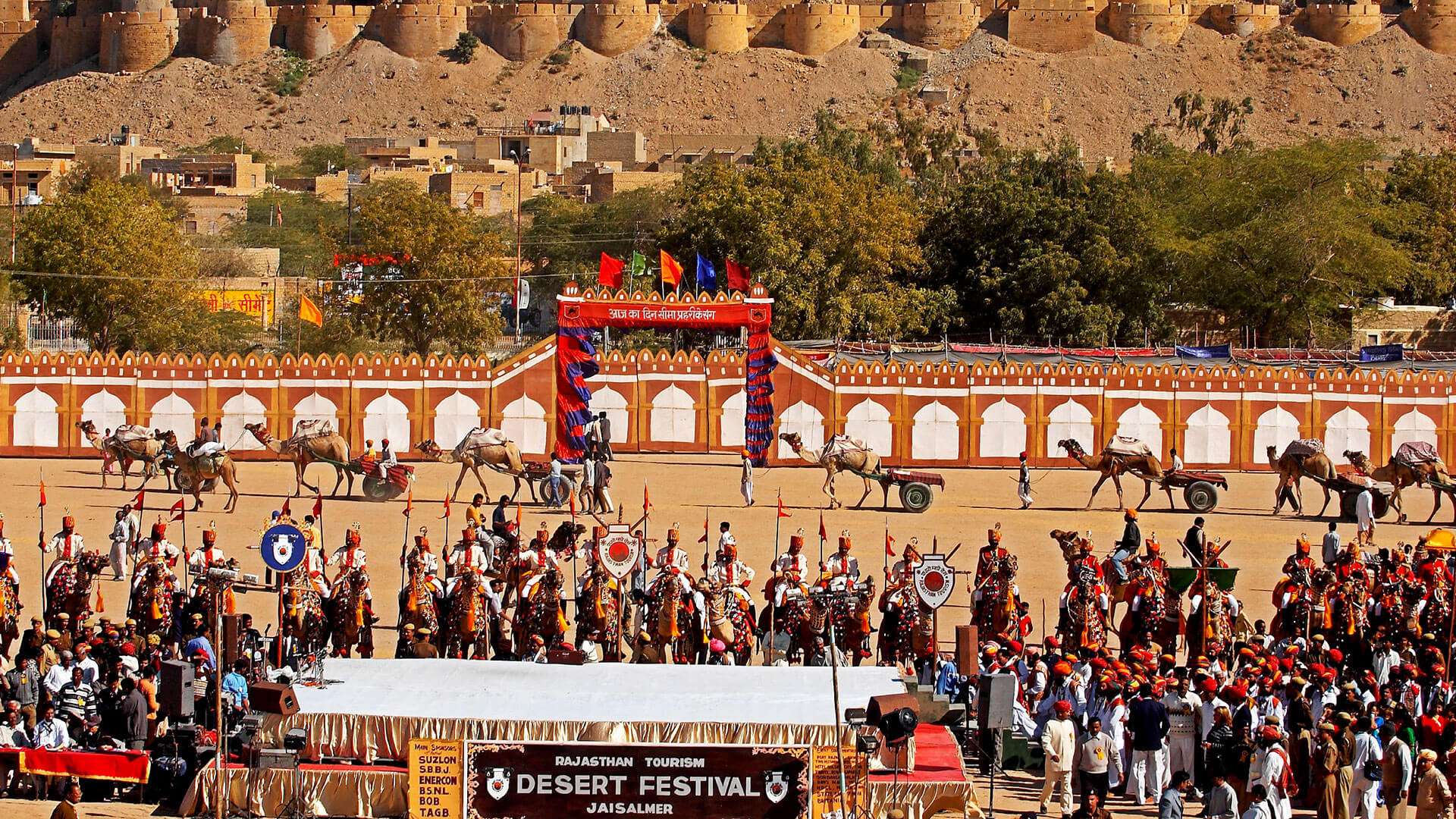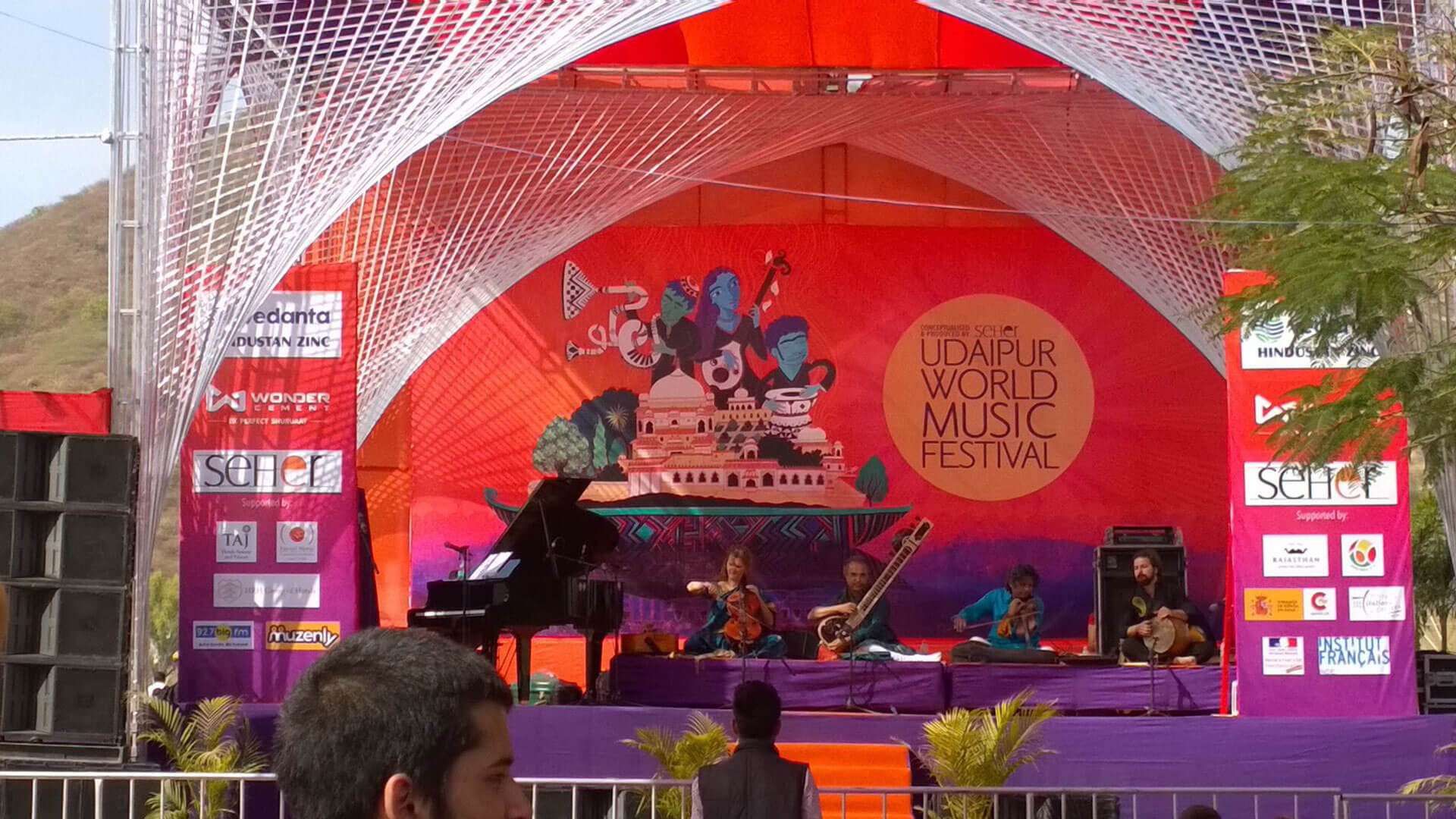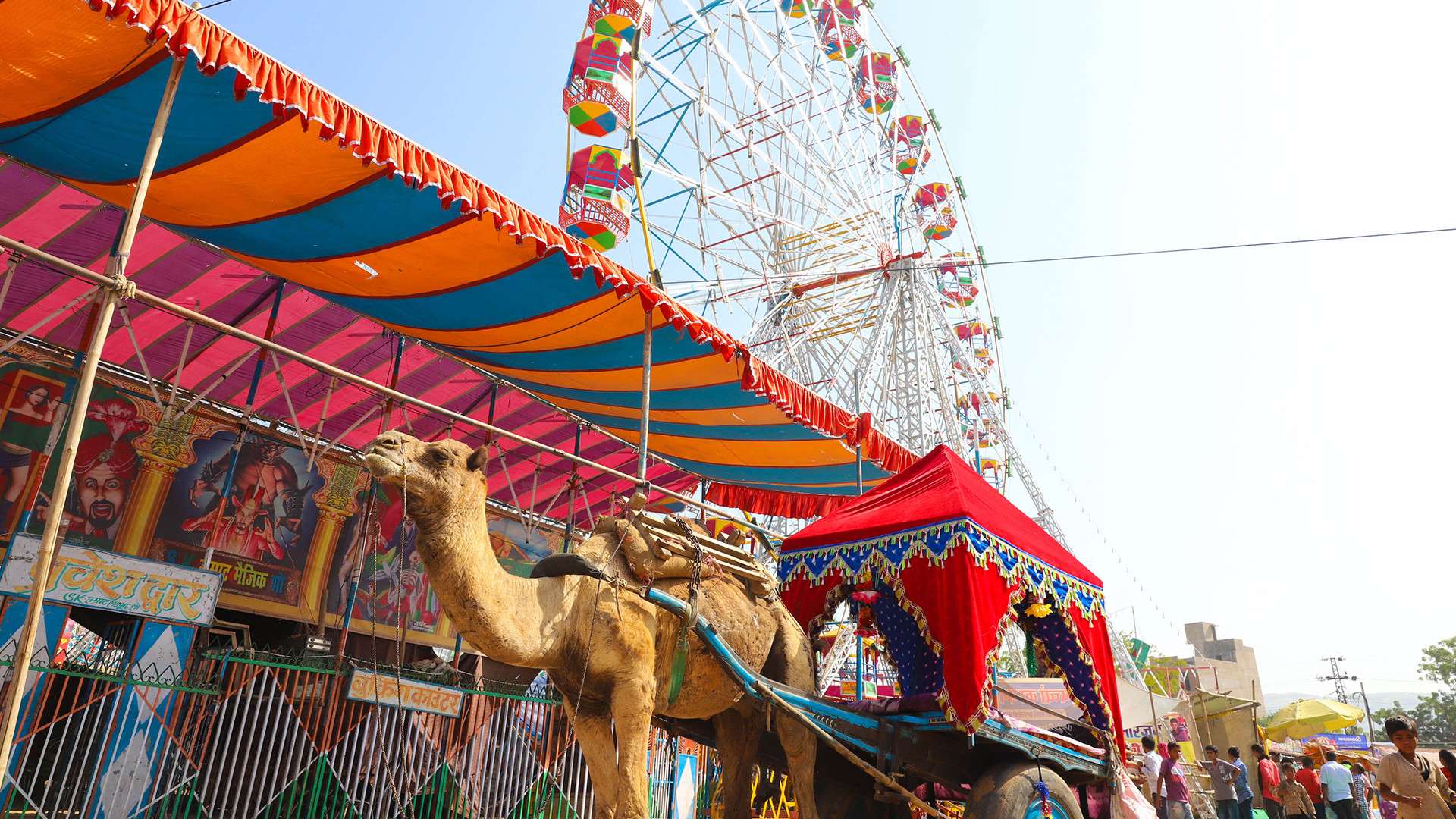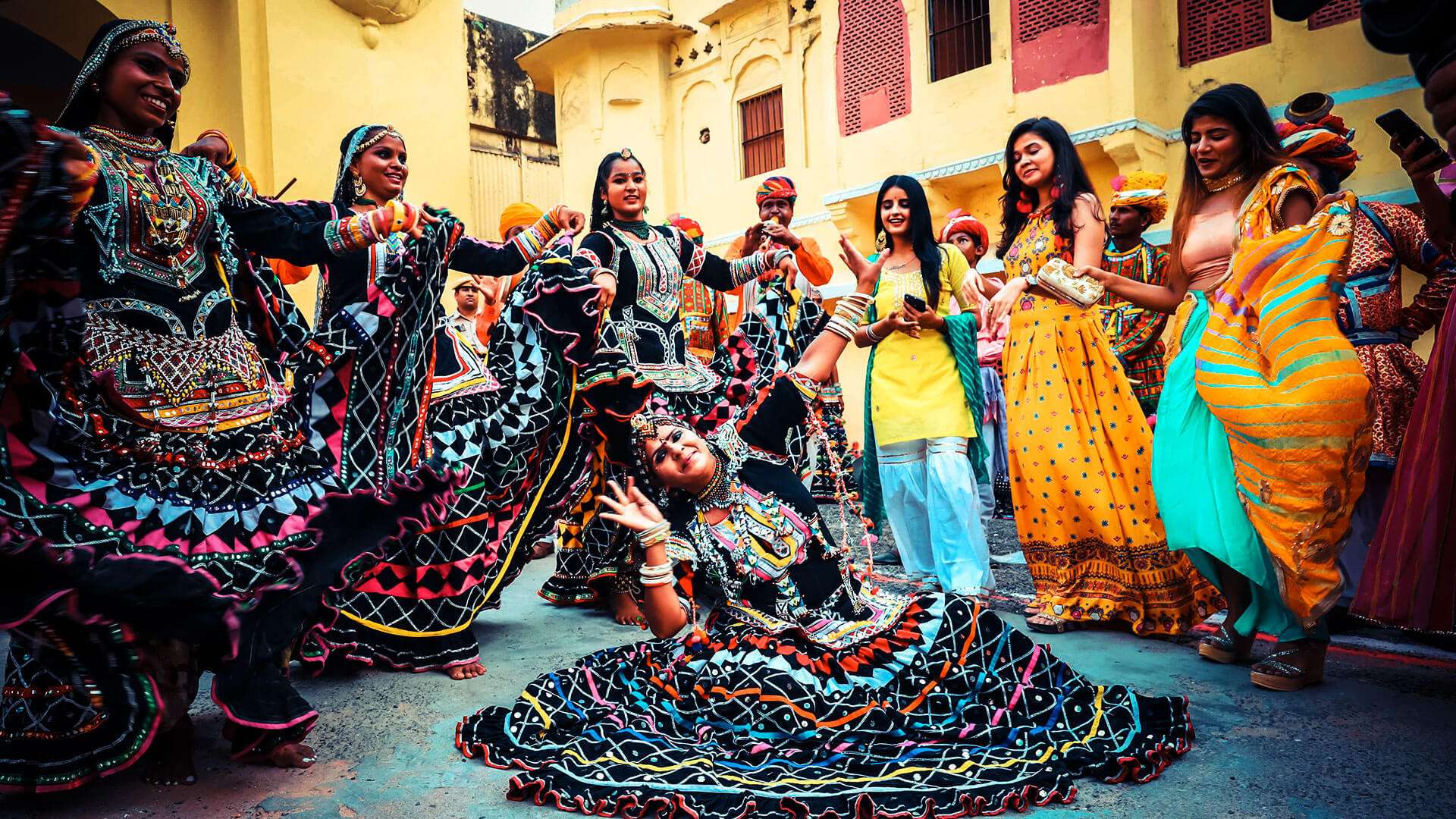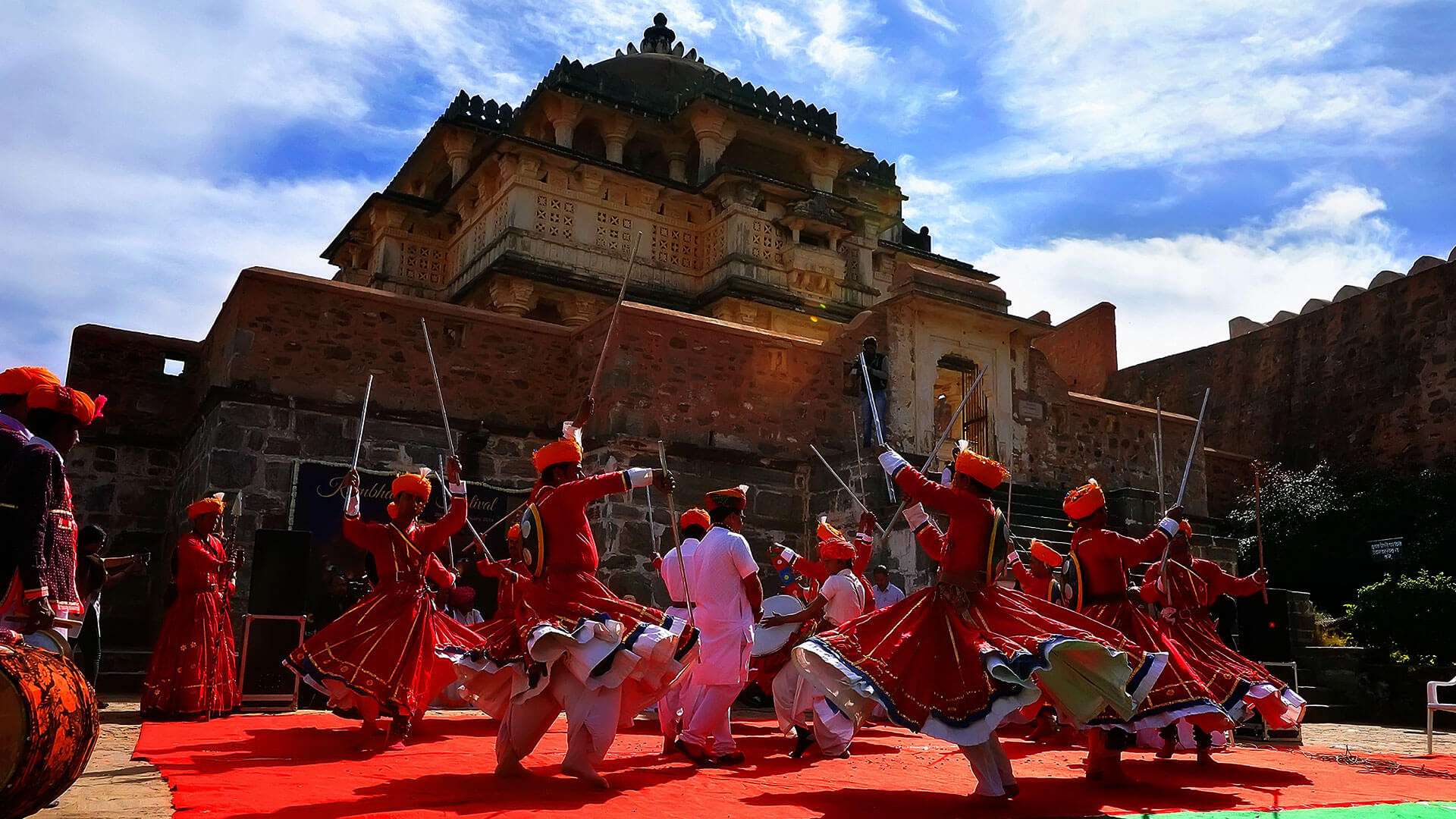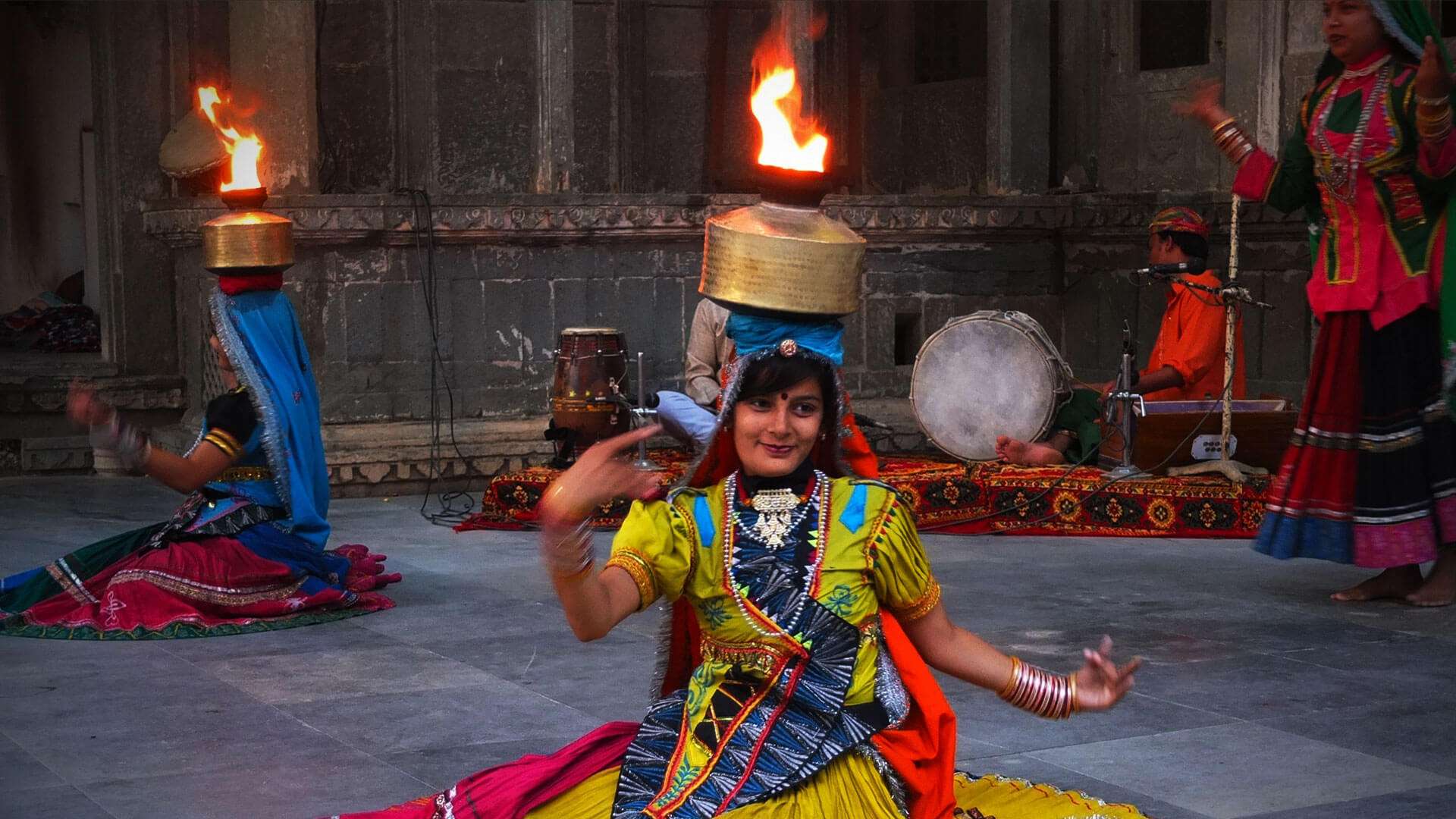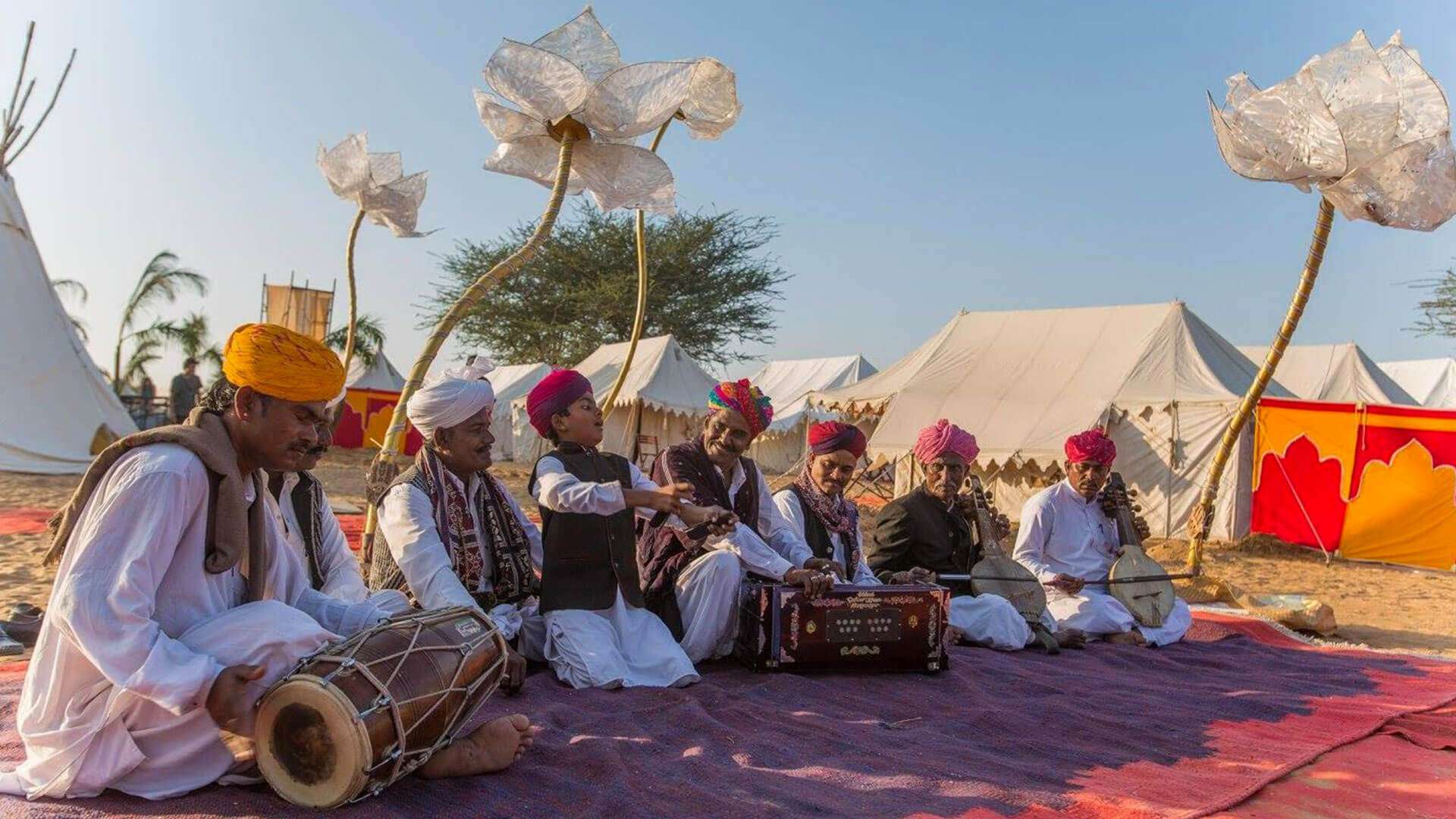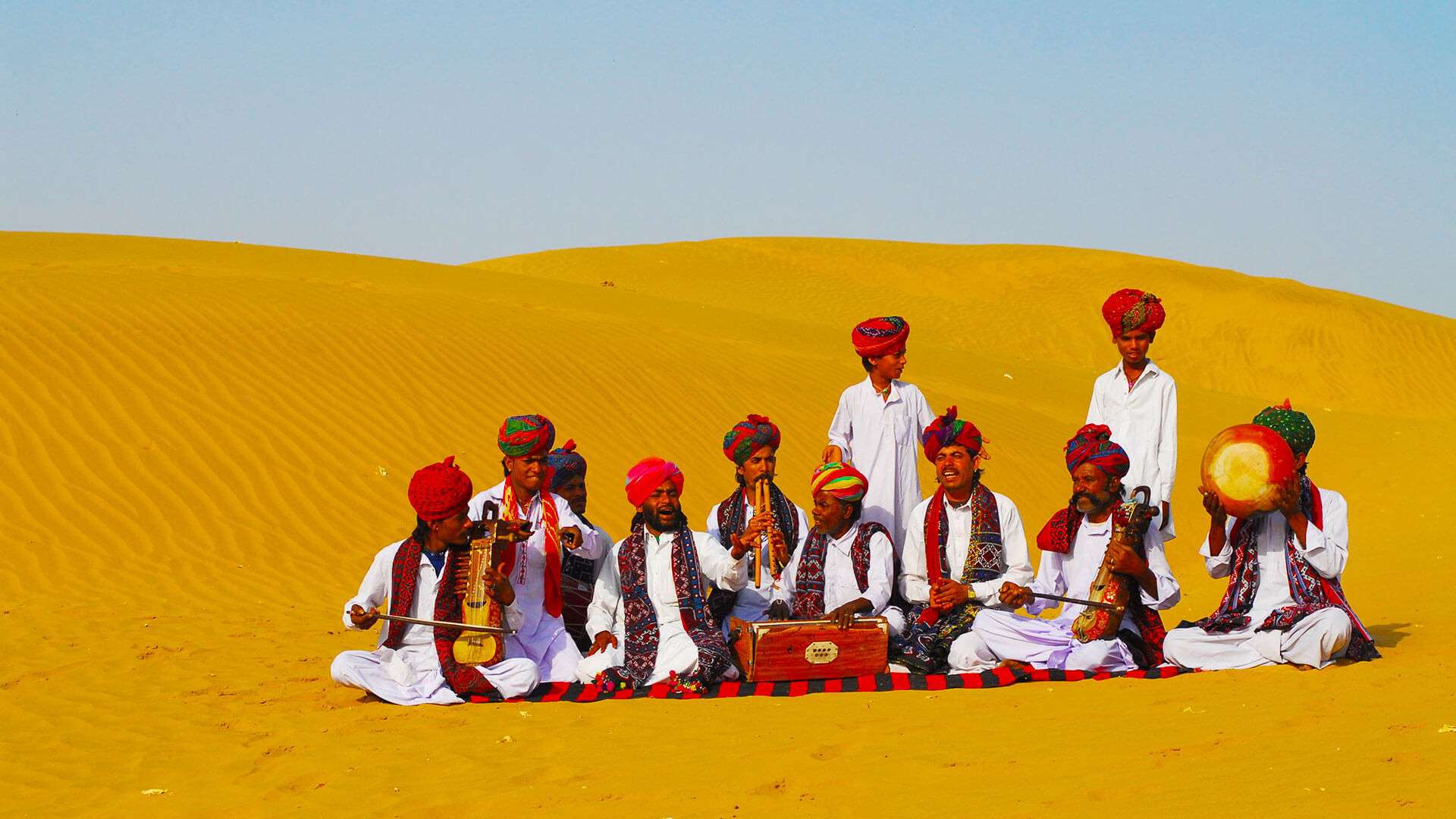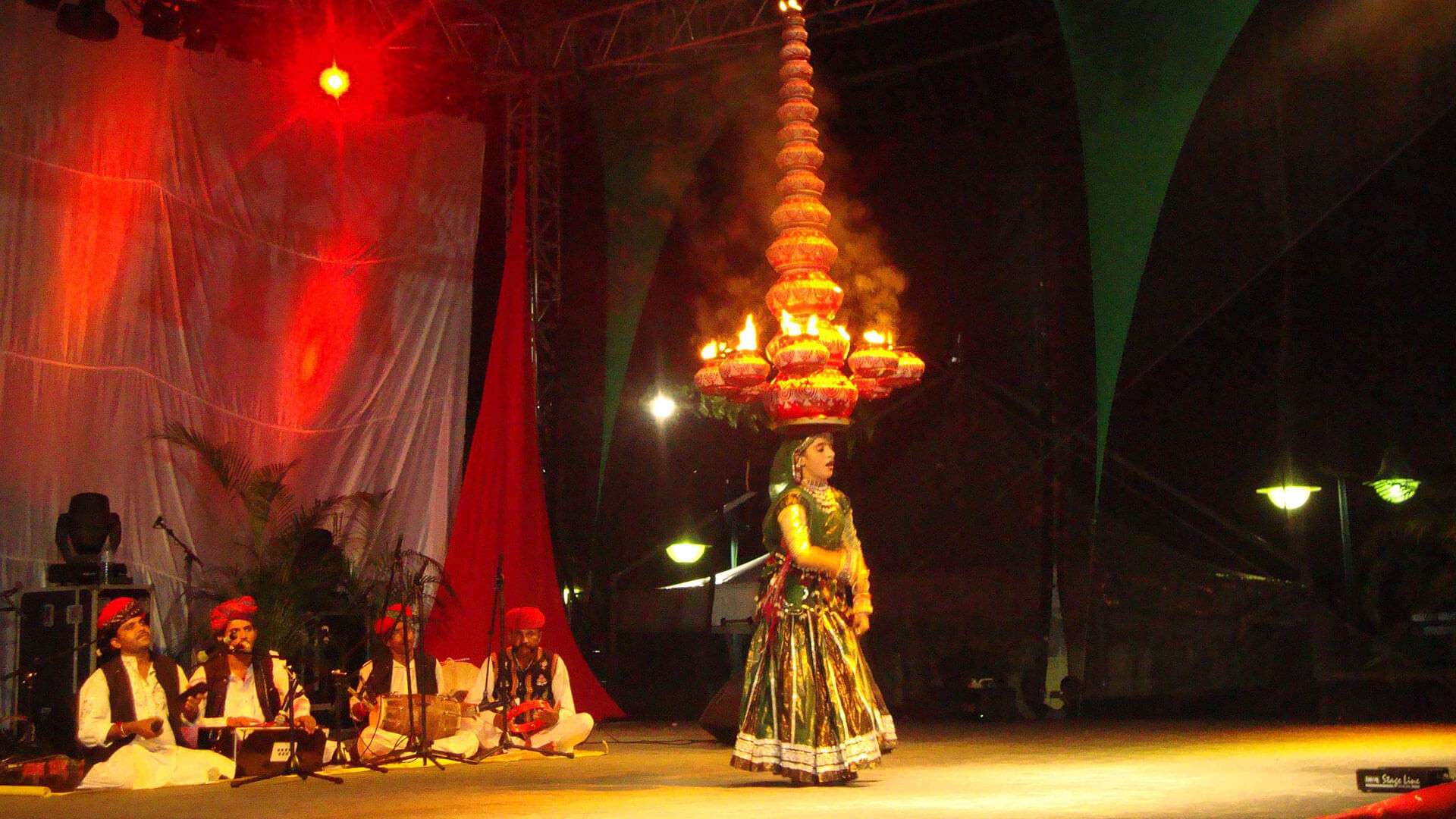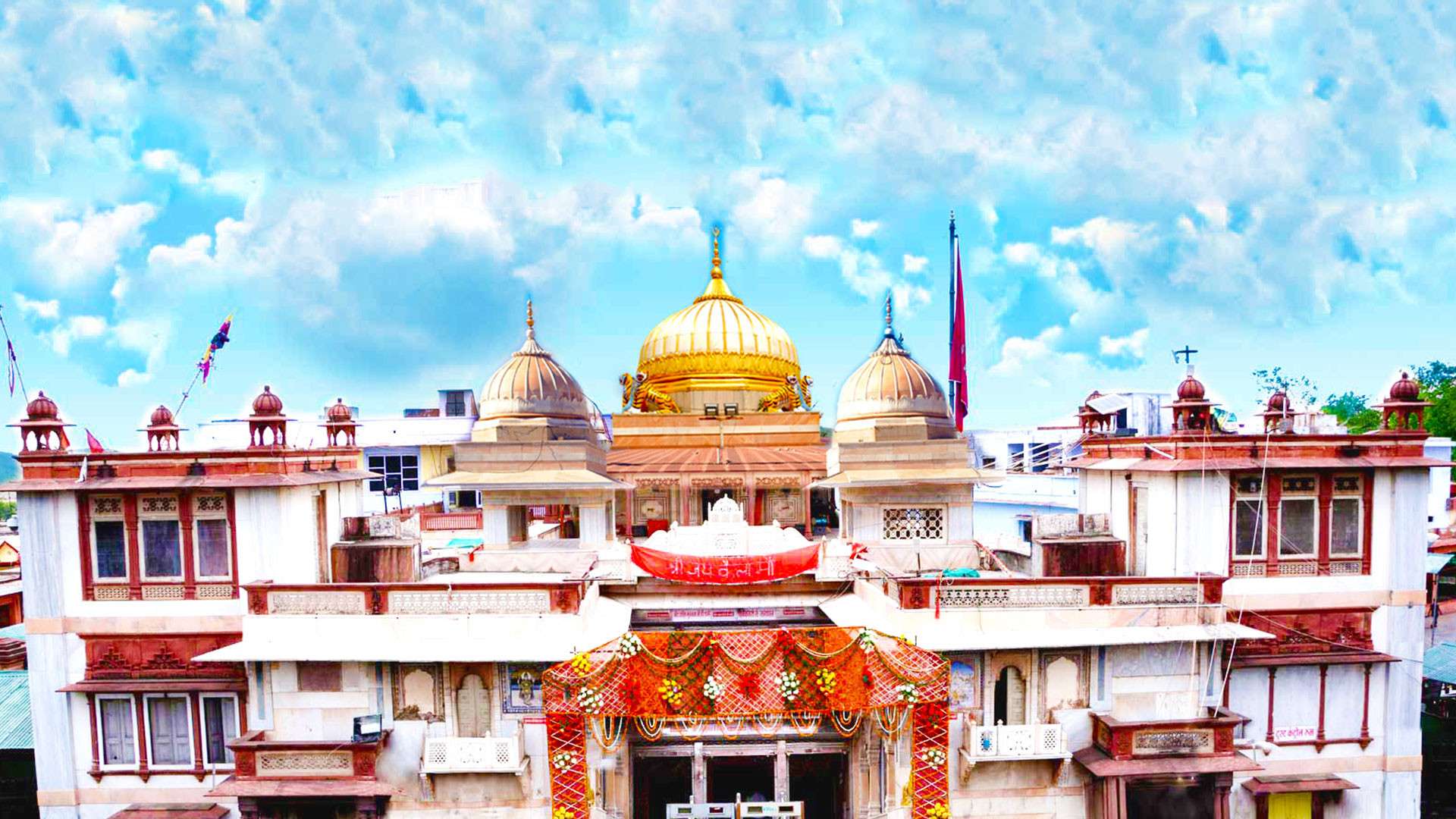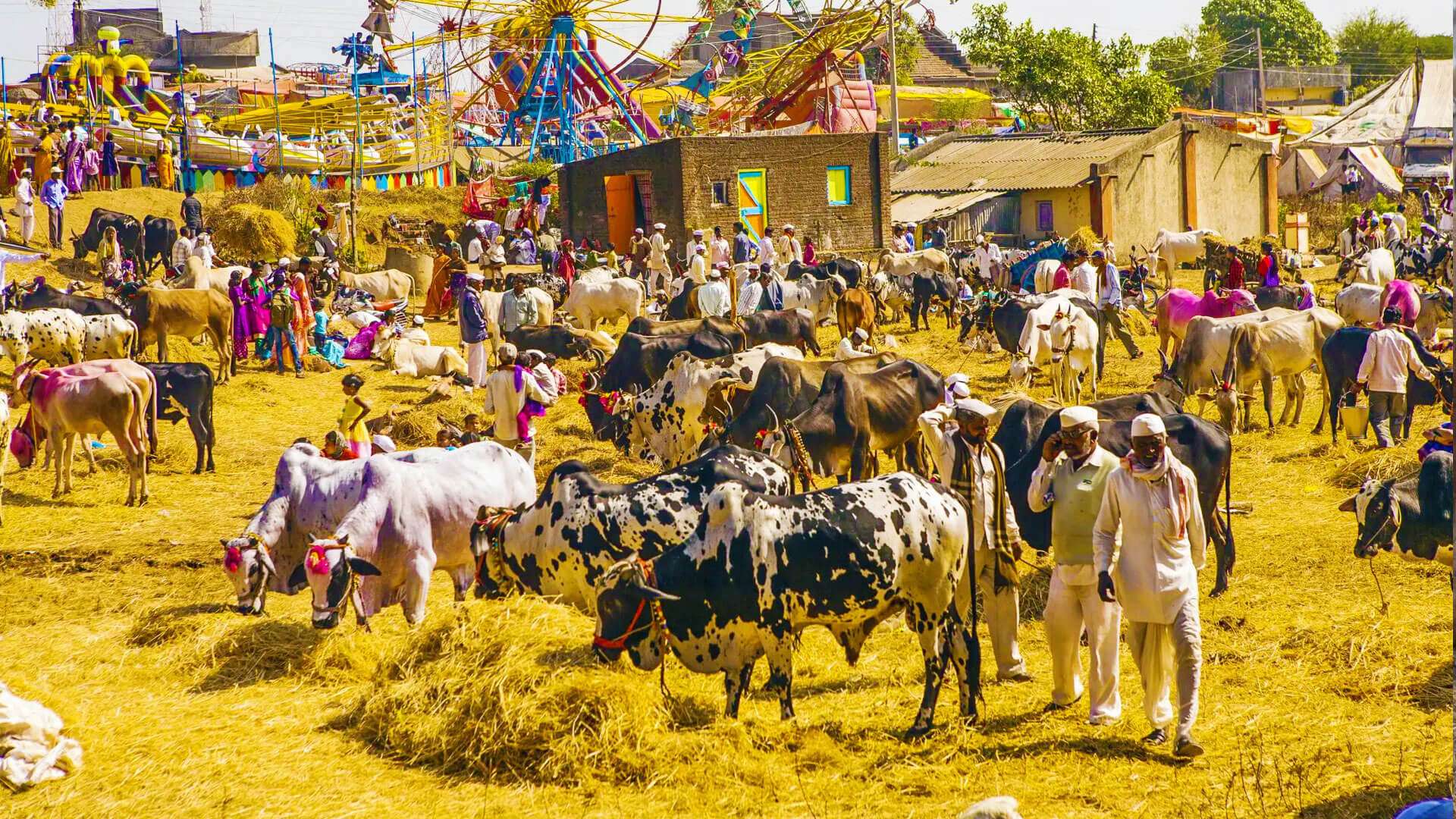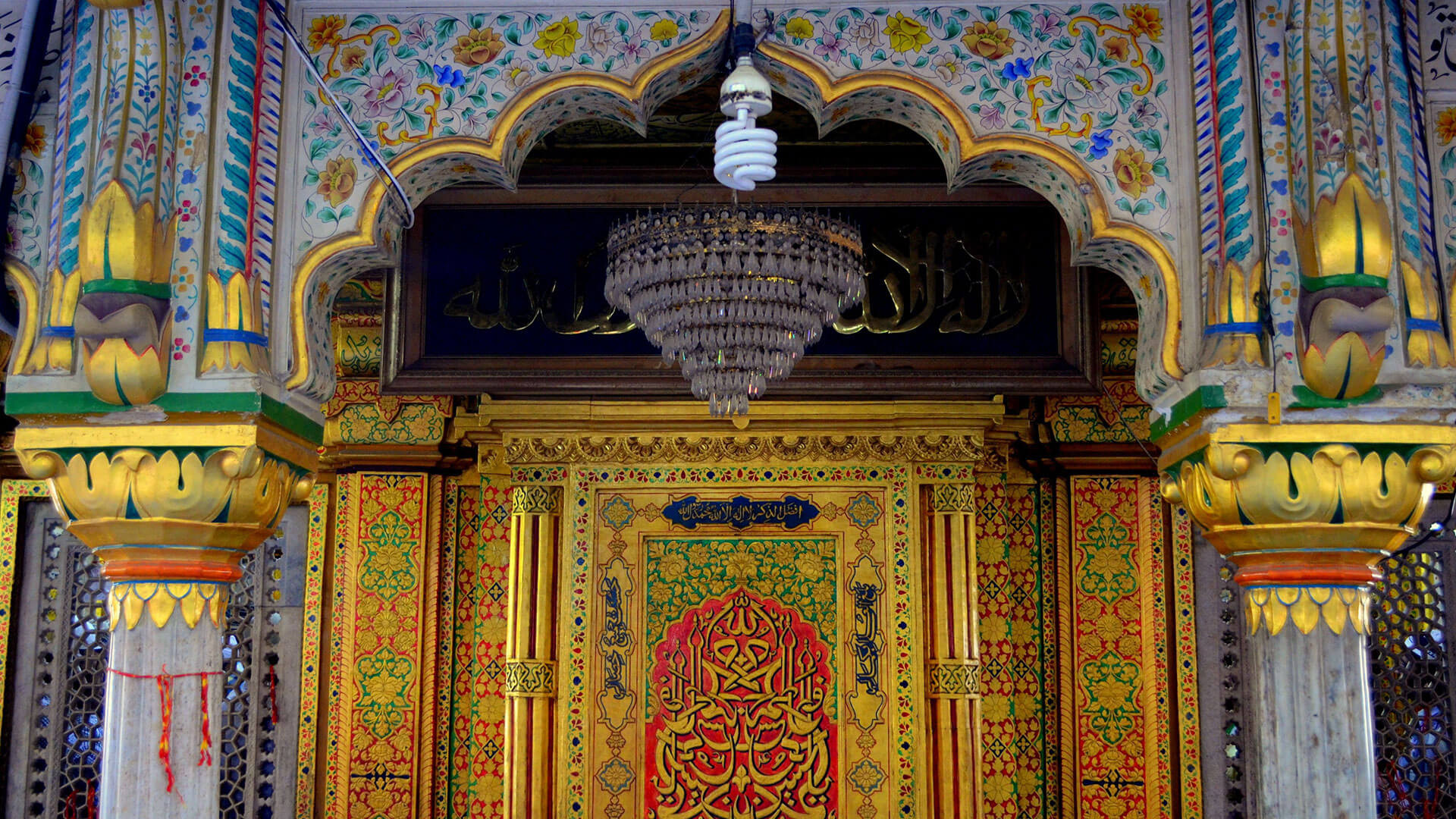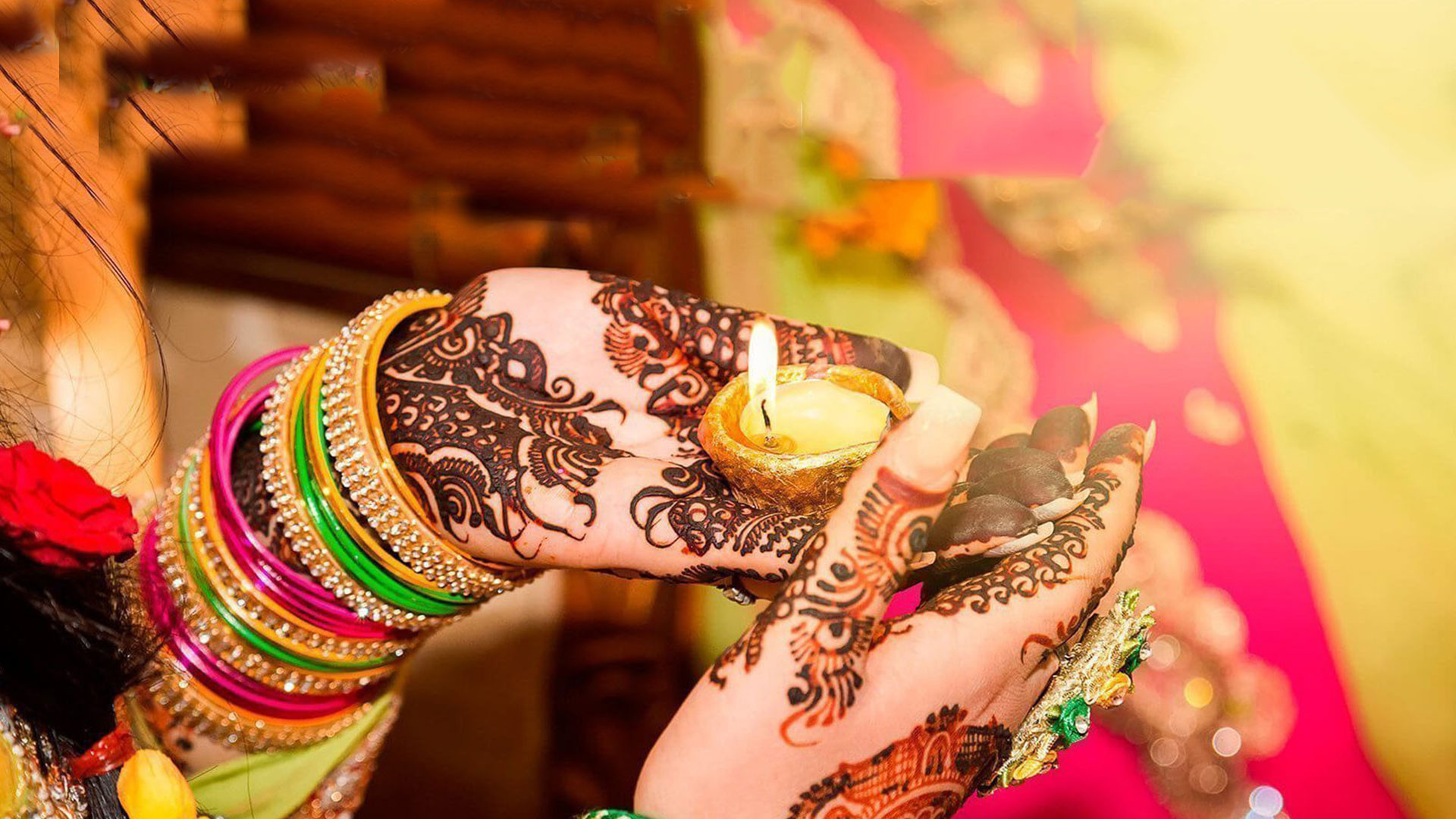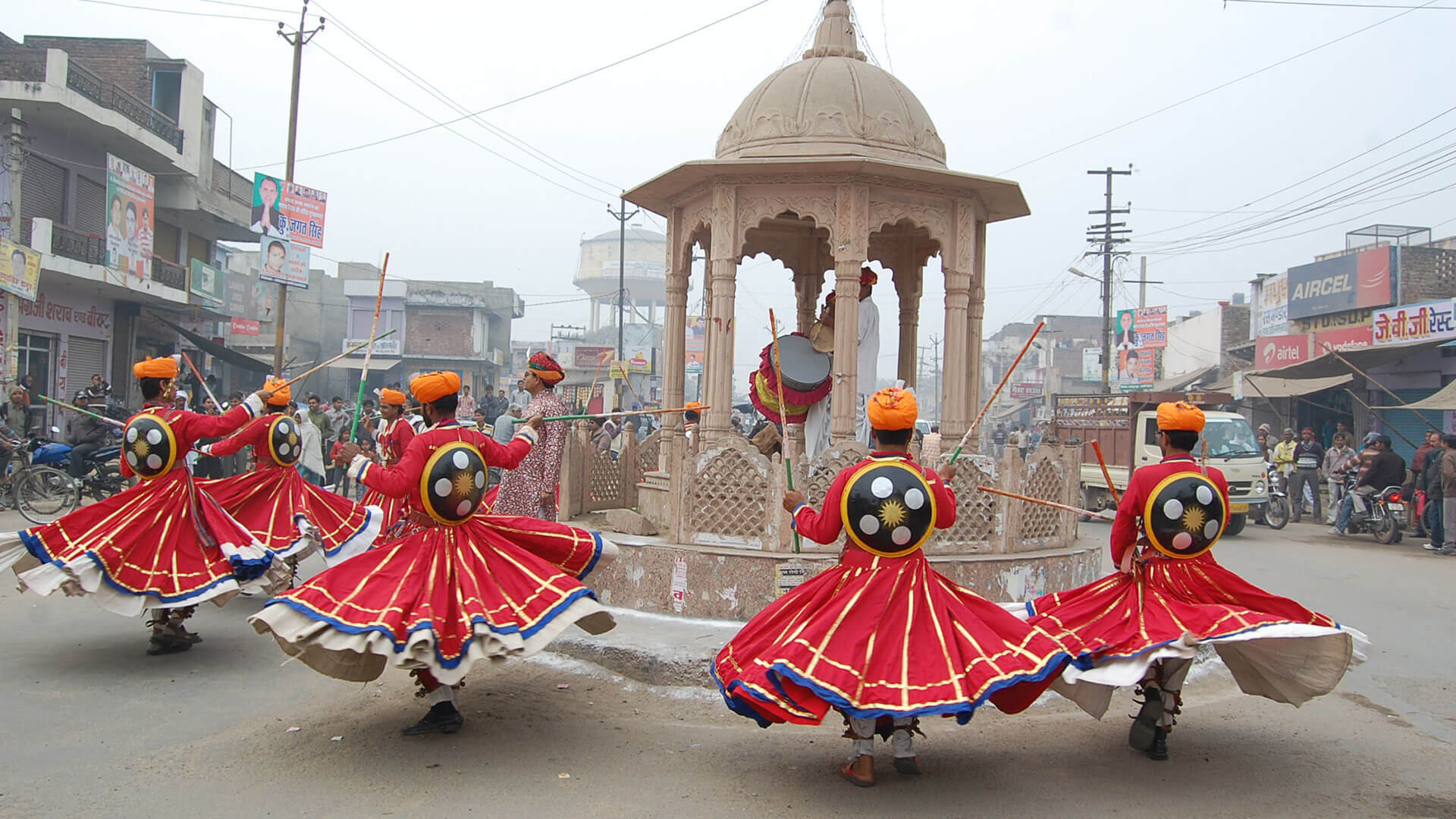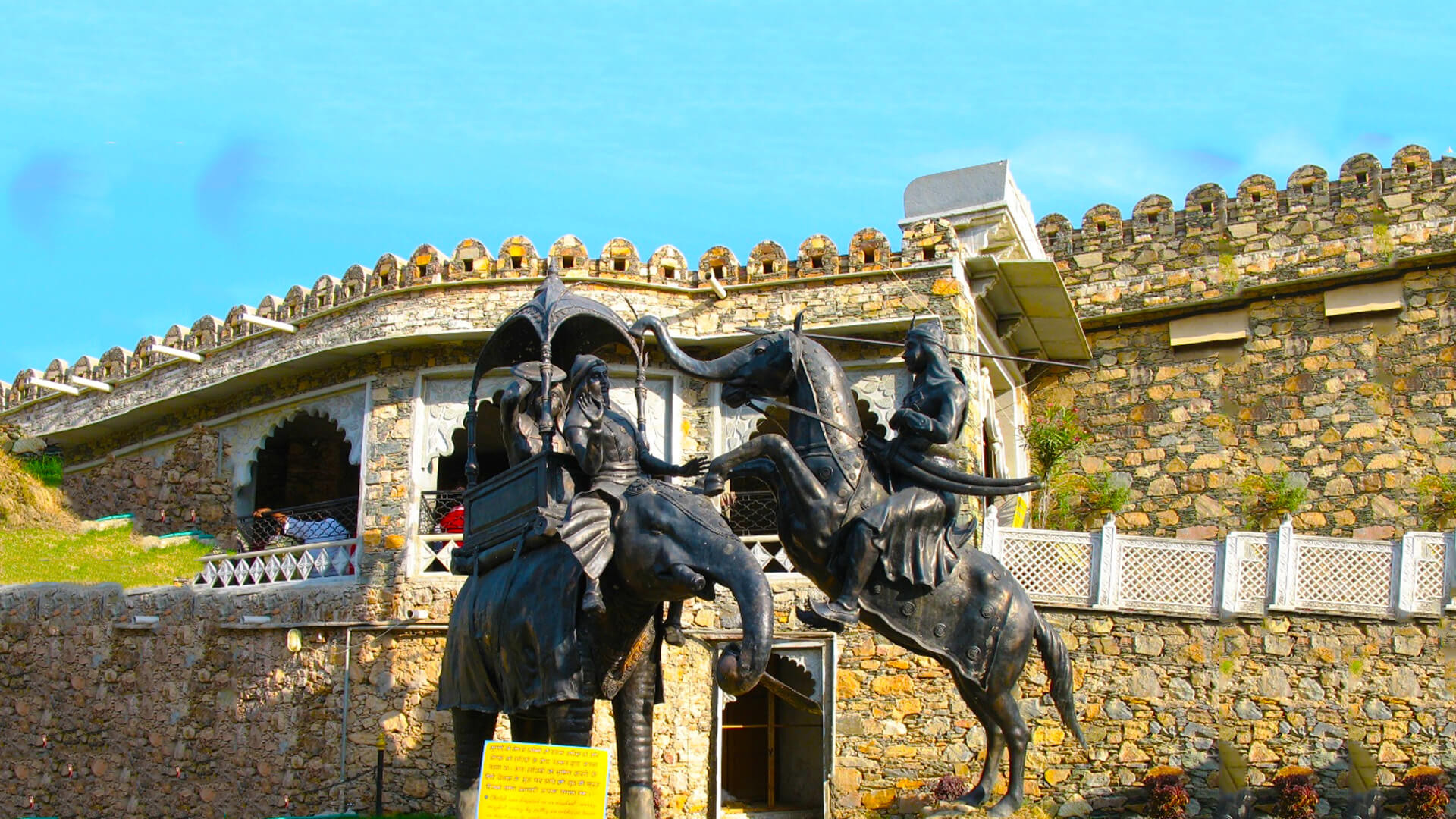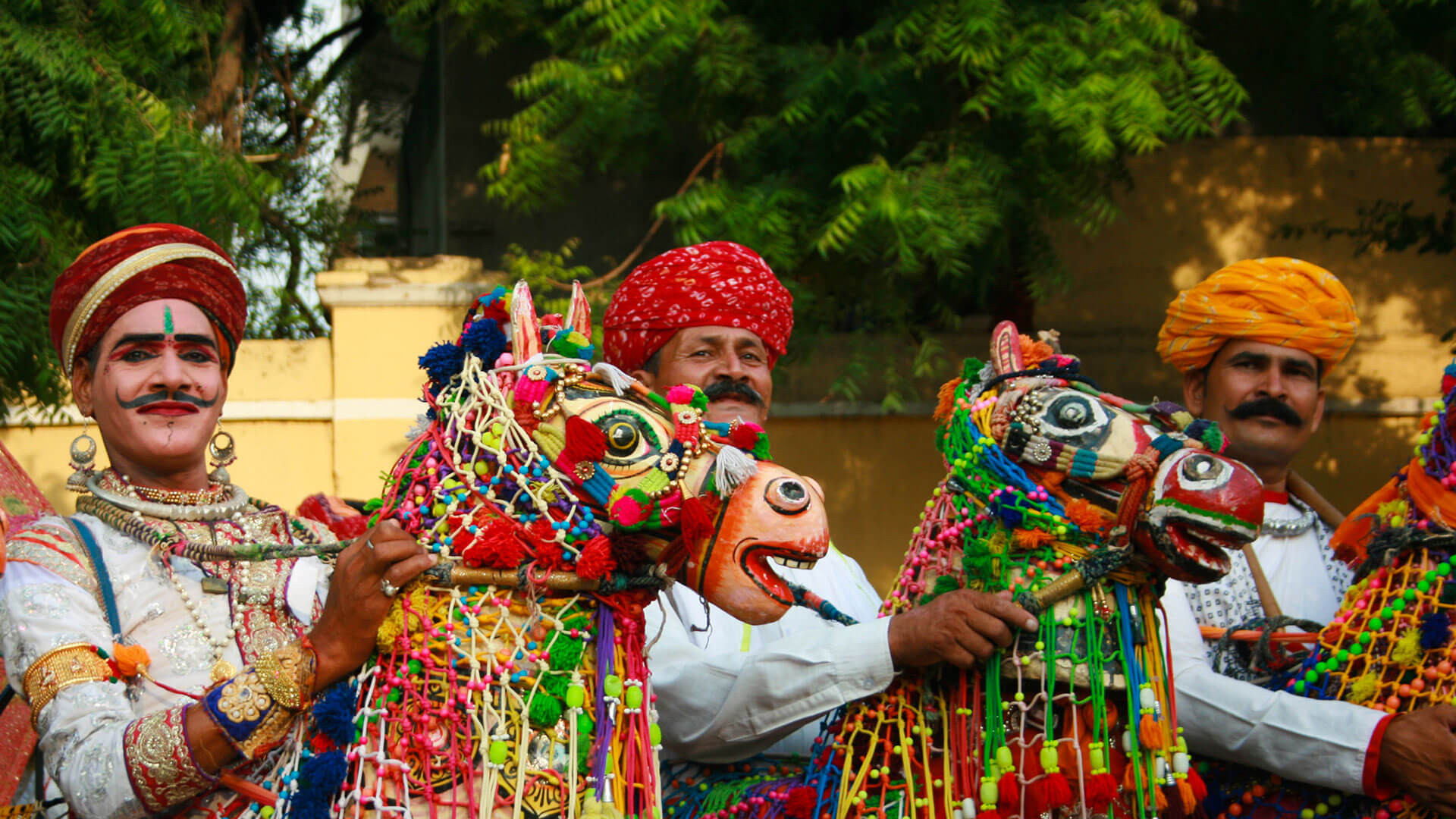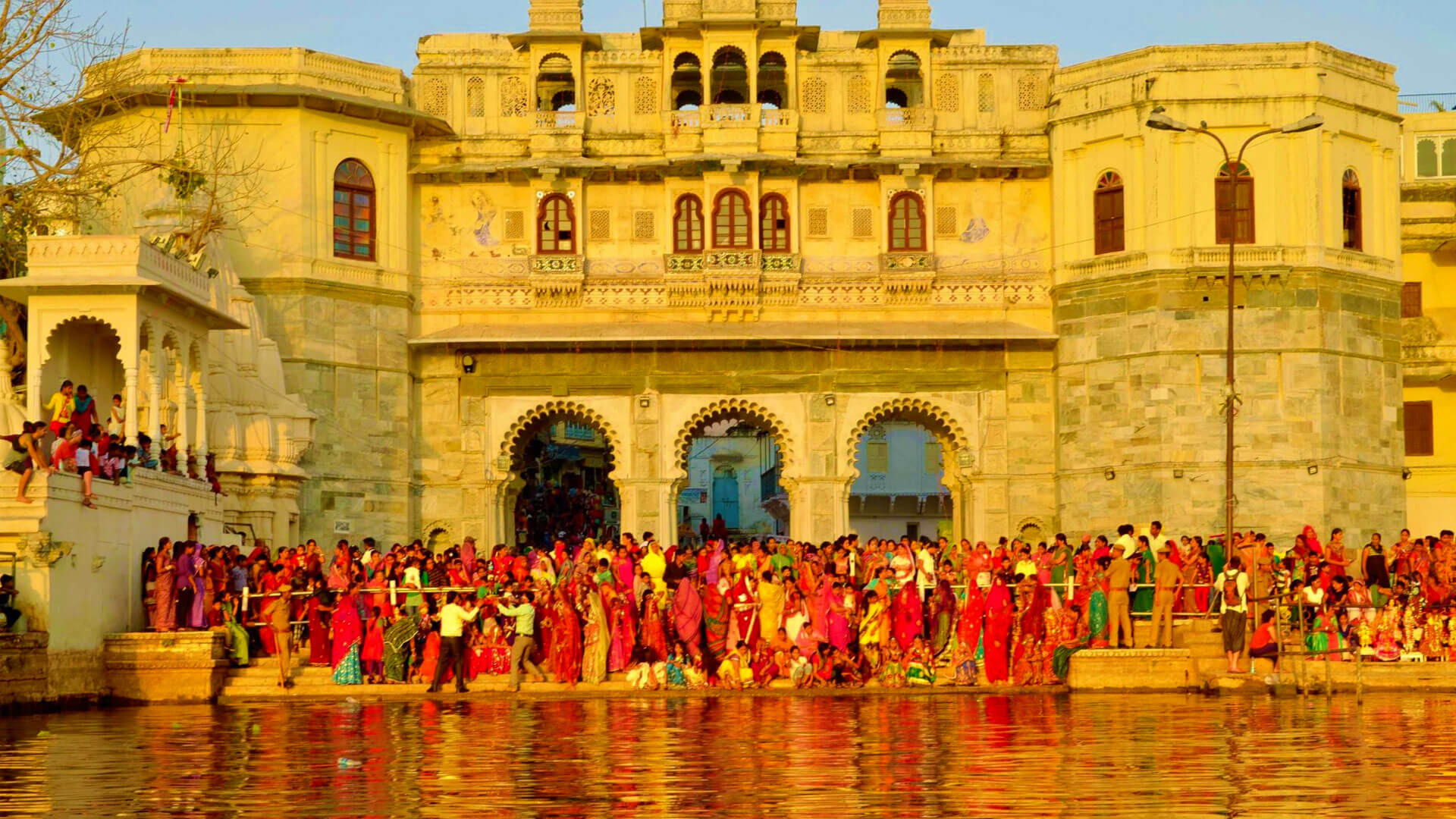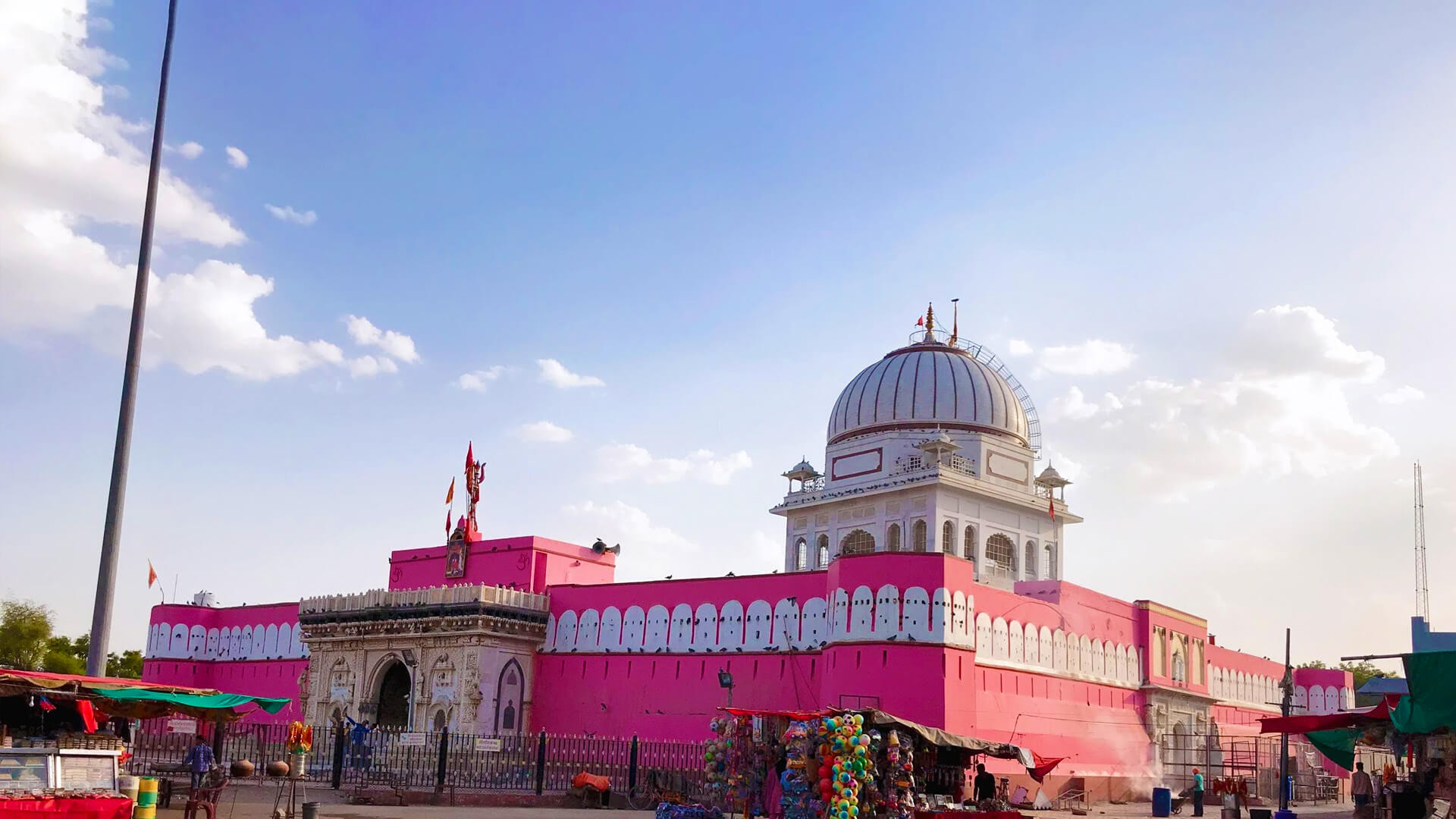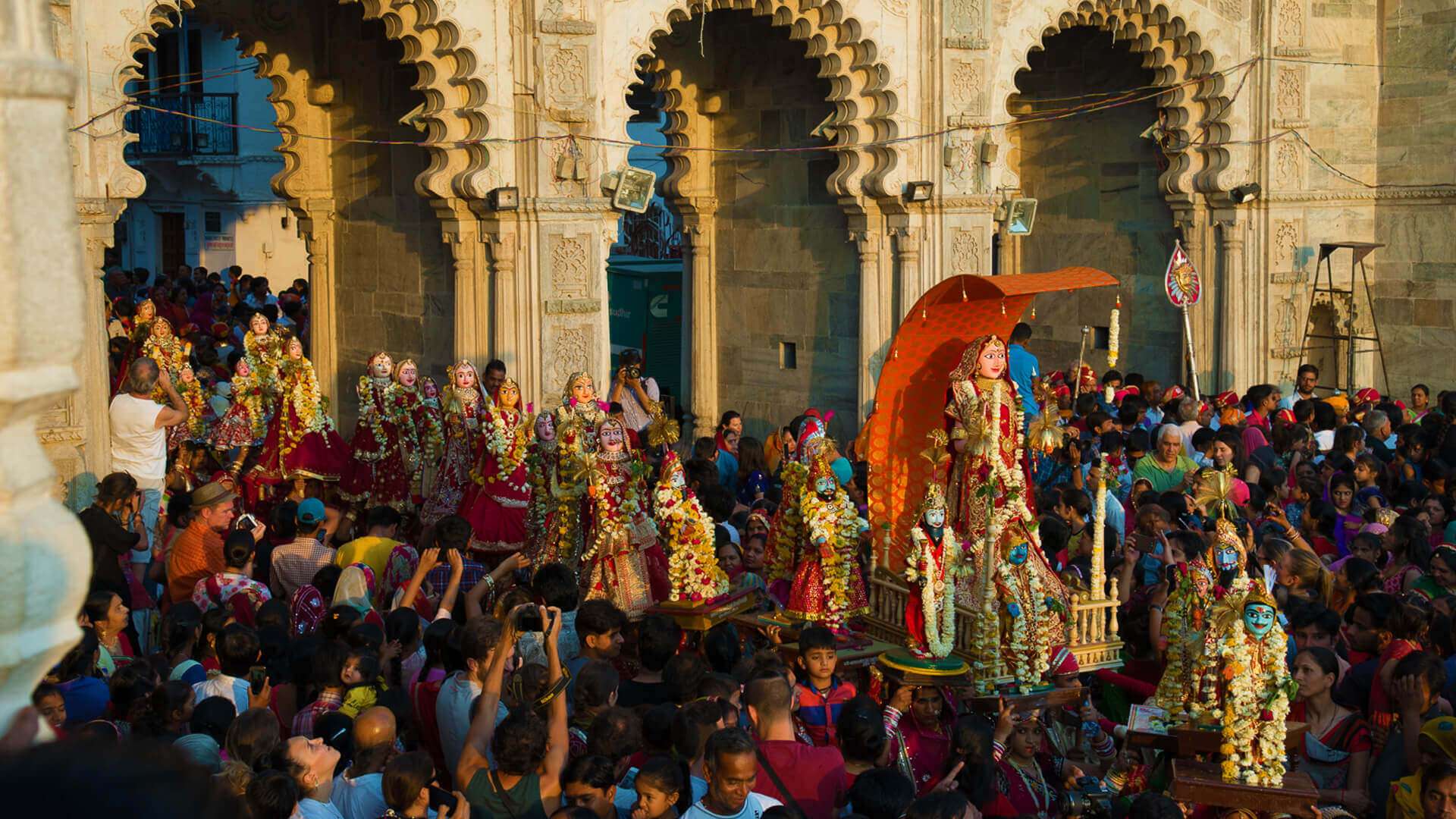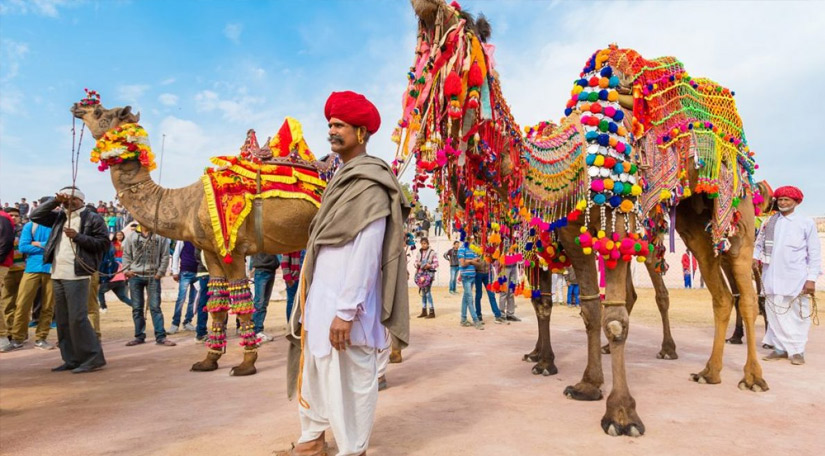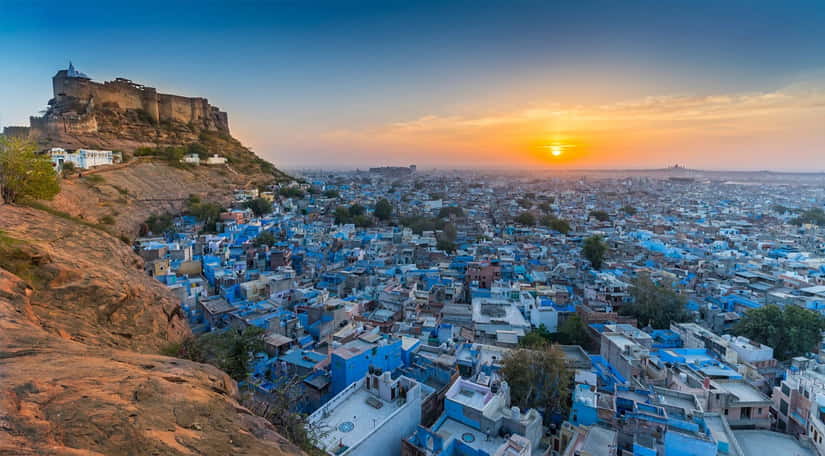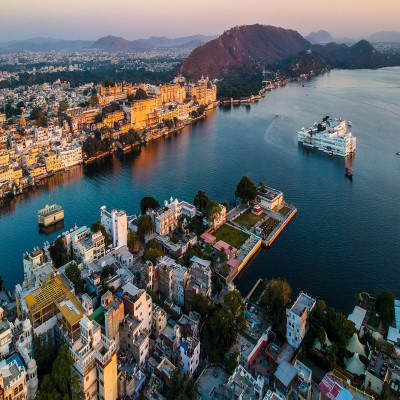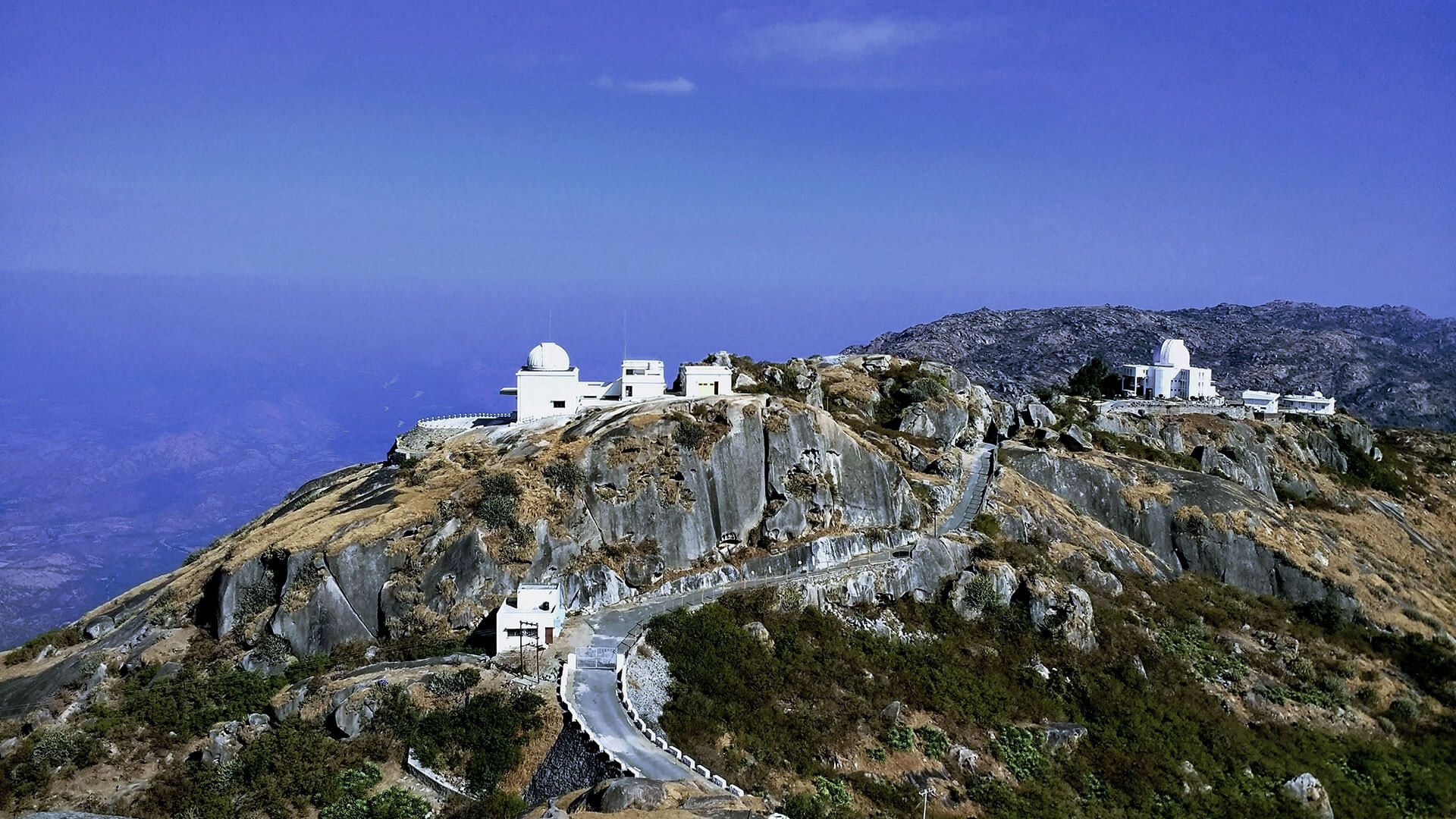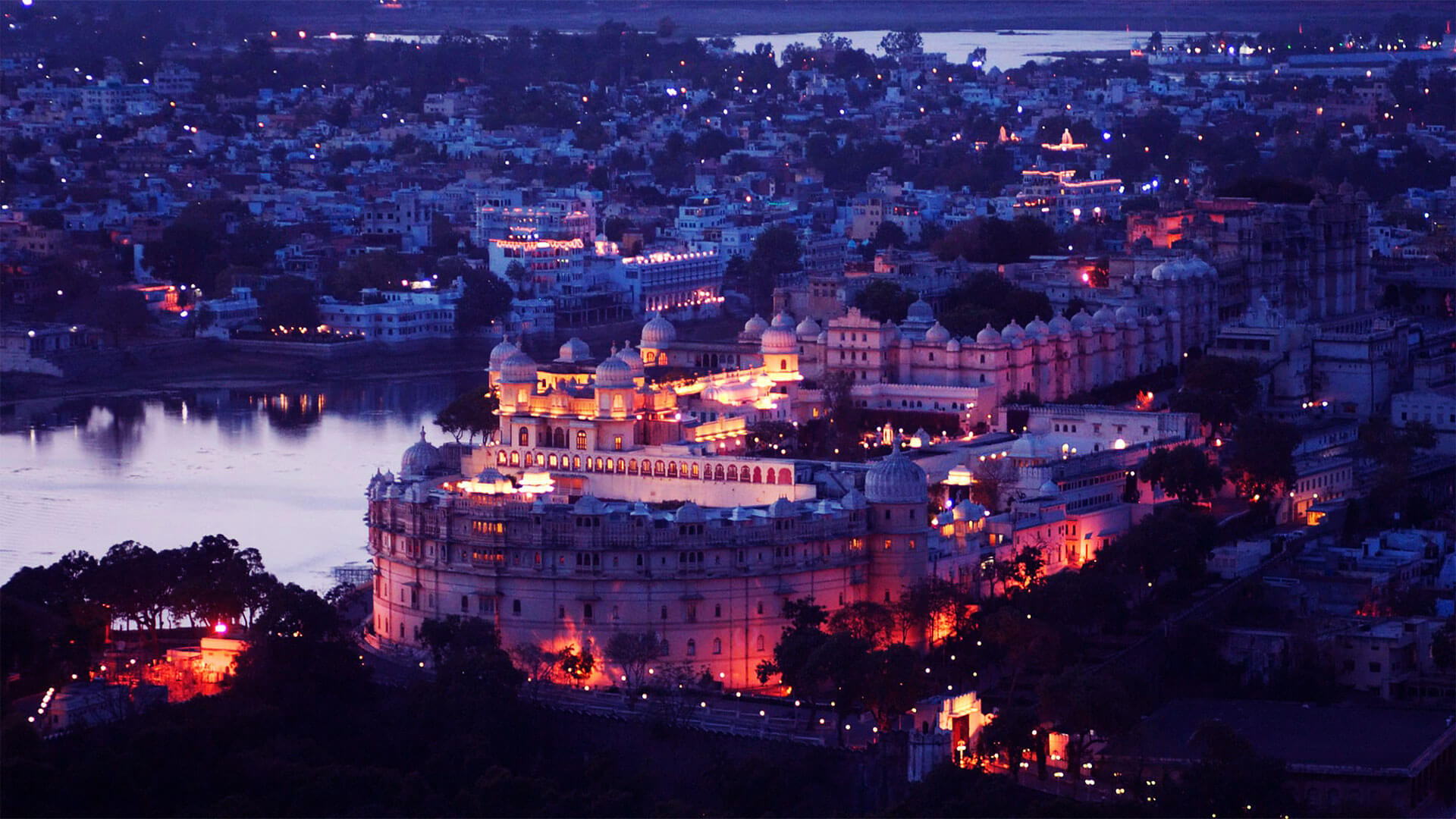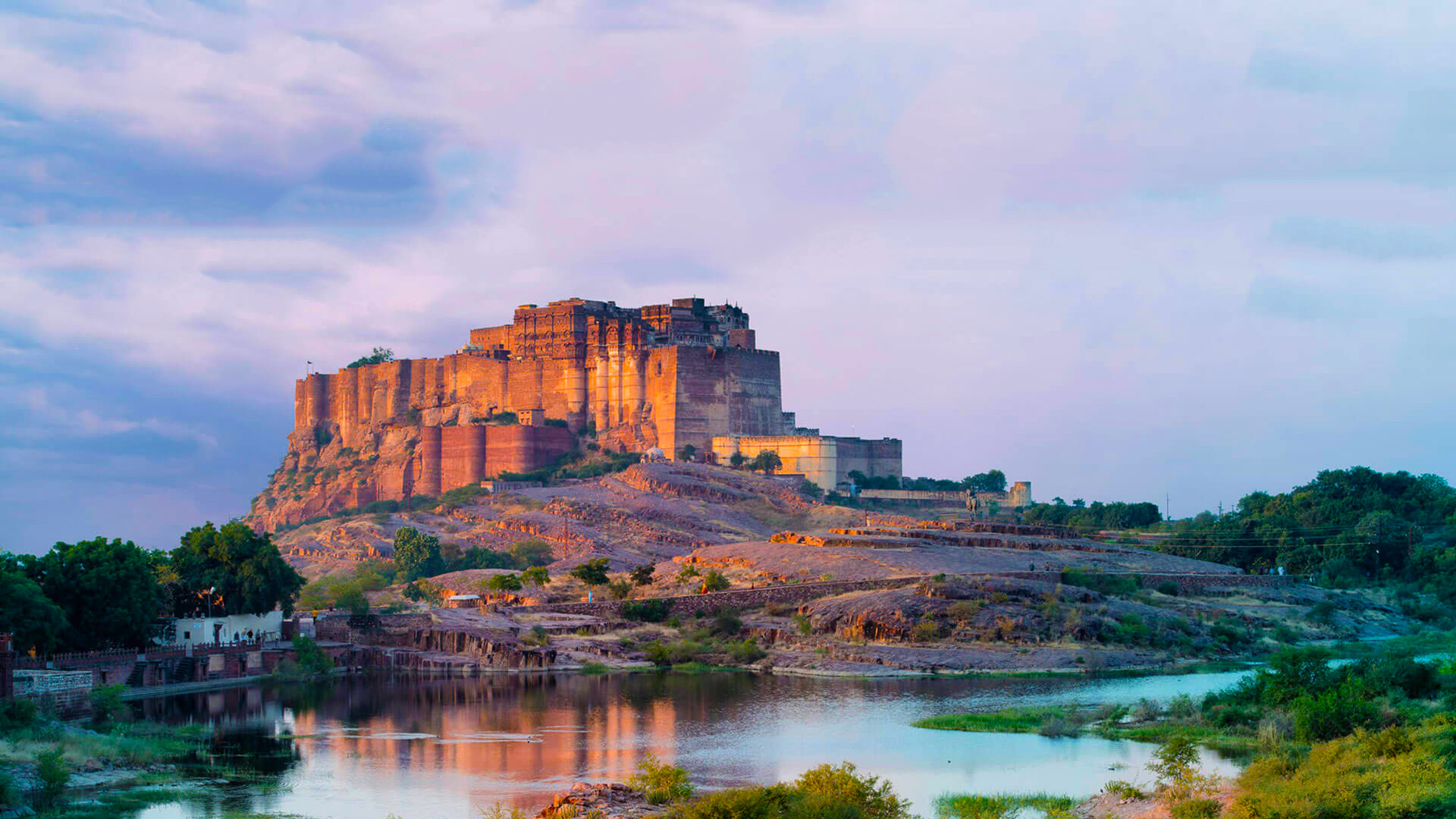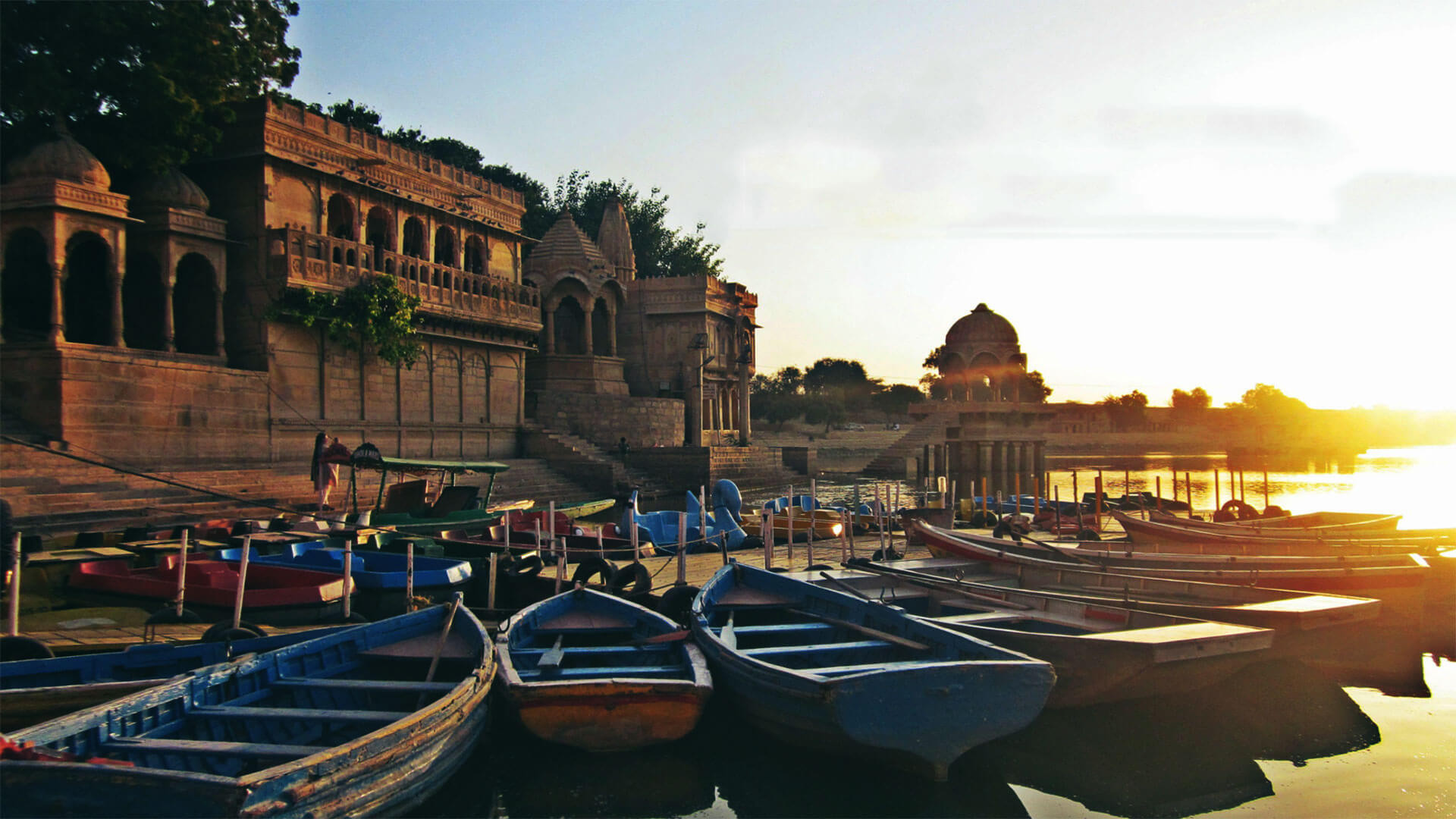Nestled on the banks of the Ghaggar River, Hanumangarh is a city where history, culture, and spirituality blend seamlessly. Located about 400 km from Delhi, this heritage-rich destination is dotted with majestic forts, sacred temples, bustling markets, and archaeological treasures dating back to the Indus Valley Civilization. Recent excavations have unearthed artifacts that reveal the grandeur of a bygone era—offering fascinating insights into human history, ancient trade, and craftsmanship.
Once an agricultural marketplace known for cotton and wool weaving, Hanumangarh was originally called Bhatner. In 1805, it was renamed by Bikaner ruler Raja Suraj Singh after the city was won on a Tuesday, the day dedicated to Lord Hanuman. Today, Hanumangarh is not just a historian’s delight but also a spiritual haven and nature lover’s retreat.
History of Hanumangarh
Hanumangarh was once a vital part of the Indus Valley Civilization and a key stop on the Delhi–Multan trade route. Traders from Kabul, Sindh, and Central Asia passed through Bhatner on their way to Delhi and Agra. Over centuries, the city came under the rule of Ghaznavis, Timur, Qutub-ud-din Aibak, Akbar, and various Rajput clans.
Founded by King Bhupat of the Bhati dynasty, Bhatner remained under Rajput and Mughal rulers until 1805, when the Bikaner Kingdom took control—retaining power until India’s independence.
Top Places to Visit in Hanumangarh (Updated 2025)
1. Hanumangarh Fort / Bhatner Fort
Dating back over 1,700 years, this imposing fort stands proudly on elevated ground beside the Ghaggar River. Featuring massive gates, rounded bastions, and panoramic views, the fort has withstood countless sieges. Inside, you’ll find Bhatner Fort Museum, which showcases medieval weapons, coins, and pottery.
2. Kalibangan Archaeological Site & Museum
One of India’s most important Harappan sites, Kalibangan (2500–1750 BC) reveals remnants of pre-Harappan streets, wells, and burial grounds. The nearby Kalibangan Museum houses seals, terracotta figurines, beads, and tools that bring ancient history to life.
3. Shri Gogaji Temple, Gogamedi
Built in honor of the folk deity Gogaji (Gugga Jahar Peer), this temple reflects a unique blend of Hindu and Muslim architectural elements. The Gogamedi Fair held here in August–September attracts lakhs of devotees.
4. Brahmani Mata Temple
Located atop the ruins of Kalloor Fort, this temple comes alive during Navratri, when the Brahmani Mata Mela is celebrated.
5. Sila Mata Temple / Sila Peer
A rare example of interfaith worship, this shrine is revered by Hindus and Muslims alike. Offerings of milk and water are believed to cure skin ailments.
6. Mata Bhadrakali Temple
Built on the banks of the Ghaggar River during Akbar’s era, this Shakti temple sees heavy footfall during the Chaitra Fair.
7. Shri Kabootar Sahib Gurudwara
Commemorates Guru Gobind Singh Ji’s visit in 1706. Its name comes from the miraculous revival of a pigeon, symbolizing peace and compassion.
8. Badopal Lake
A hidden gem for birdwatchers—home to migratory species in winter. Best visited at sunrise or sunset.
9. Rorawali Bird Sanctuary
Perfect for nature photography and spotting local as well as migratory birds.
10. Pallu & Anupgarh Wildlife Sanctuaries
Offering a taste of Rajasthan’s desert ecosystem, these sanctuaries are ideal for eco-tourism and nature walks.
11. Jubilee Museum
Located in Hanumangarh city, this museum features sculptures, paintings, and artifacts from different eras.
12. Gajner Palace (Nearby)
A short trip from Hanumangarh, this heritage palace is perfect for those seeking royal architecture and serene surroundings.
Festivals & Fairs in Hanumangarh
Hanumangarh’s vibrant cultural calendar adds color to its historical charm:
| Festival/Fair | Month | Highlights |
|---|---|---|
| Gogamedi Fair | Aug–Sep | Folk music, devotional rituals, cultural performances |
| Brahmani Mata Mela | Navratri | Colorful processions, temple fairs |
| Bhatner Ashva Mela | Feb | Traditional horse trading, local handicrafts |
| Gangaur | Mar–Apr | Women’s processions honoring Goddess Parvati |
| Teej | Jul–Aug | Monsoon festivities with swings, songs, and sweets |
| Holi | Mar | Riot of colors across the city |
| Diwali | Oct–Nov | City illuminated with oil lamps and fireworks |
Best Time to Visit
October to March is ideal for sightseeing, with pleasant weather. Summers can be extremely hot, while winters are comfortable for outdoor exploration.
Things to Do in Hanumangarh
- Heritage Walks – Explore Bhatner Fort and ancient temples.
- Archaeology Tours – Visit Kalibangan site and museum.
- Birdwatching – Spend mornings at Badopal Lake or Rorawali Sanctuary.
- Festival Hopping – Time your visit with Gogamedi or Brahmani Mata Mela.
- Market Trails – Shop for local crafts, textiles, and traditional Rajasthani snacks.
Local Cuisine
Don’t miss authentic Rajasthani dishes like Dal Baati Churma, Gatte ki Sabzi, Ker Sangri, and sweets such as Ghevar and Moong Dal Halwa. Local dhabas and eateries serve hearty meals reflecting the desert’s flavors.
How to Reach Hanumangarh
| Mode | Details |
|---|---|
| By Air | Nearest airport is Sahnewal Airport (Ludhiana) – 211 km. Chandigarh Airport (~312 km) is another option with better connectivity. |
| By Train | Hanumangarh Junction (HMH) connects to Delhi, Bikaner, Jaipur, and Jodhpur. |
| By Road | Well-linked by NH62 and NH54 to cities like Bikaner (200 km), Hisar (143 km), Delhi (343 km). Regular buses and taxis available. |
Travel Tips
- Carry water and sun protection if visiting in summer.
- Early mornings are best for wildlife and bird photography.
- Respect local customs in temples and shrines.
- Festival times mean larger crowds—book hotels in advance.
Conclusion
Hanumangarh is more than a city—it’s a living museum of Rajasthan’s layered history, vibrant culture, and diverse landscapes. Whether you’re a historian, pilgrim, birdwatcher, or curious traveler, this city offers a deeply immersive experience.
Book exclusive tour packages, find amazing deals on hotels, flights, buses and more with Adotrip. We ensure the best price and services for a memorable vacation! With us, nothing is far!
Frequently Asked Questions
Q1. What is Hanumangarh famous for?
A. Hanumangarh is renowned for Bhatner Fort, the Kalibangan archaeological site, and cultural fairs like Gogamedi Mela.
Q2. What is the best time to visit?
A. October to March offers the most pleasant weather for sightseeing.
Q3. Which are the must-visit natural attractions?
A. Badopal Lake, Rorawali Bird Sanctuary, Pallu Wildlife Sanctuary.
Q4. What festivals should I experience?
A. Gogamedi Fair, Brahmani Mata Mela, and Bhatner Ashva Mela are highlights.
Q5. How many days are enough to explore Hanumangarh?
A. 2–3 days are ideal to cover major attractions and nearby excursions.
Popular Packages
Blogs
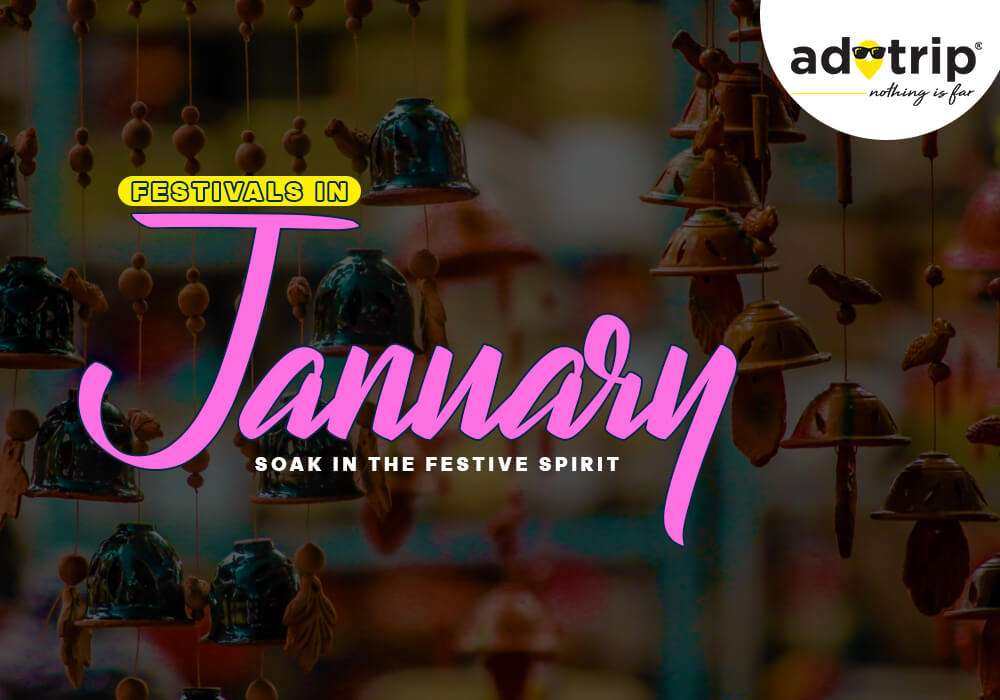
9 Upcoming Festivals In January 2026 In India
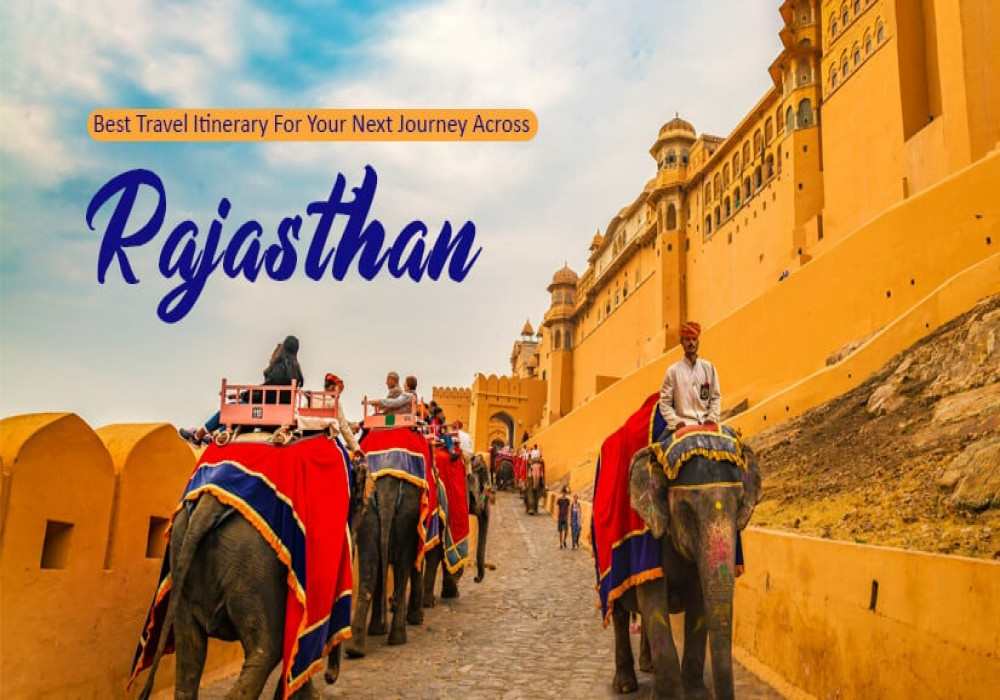
Best Places to Visit in Rajasthan 2025 - Top Attractions and Tourist Destinations
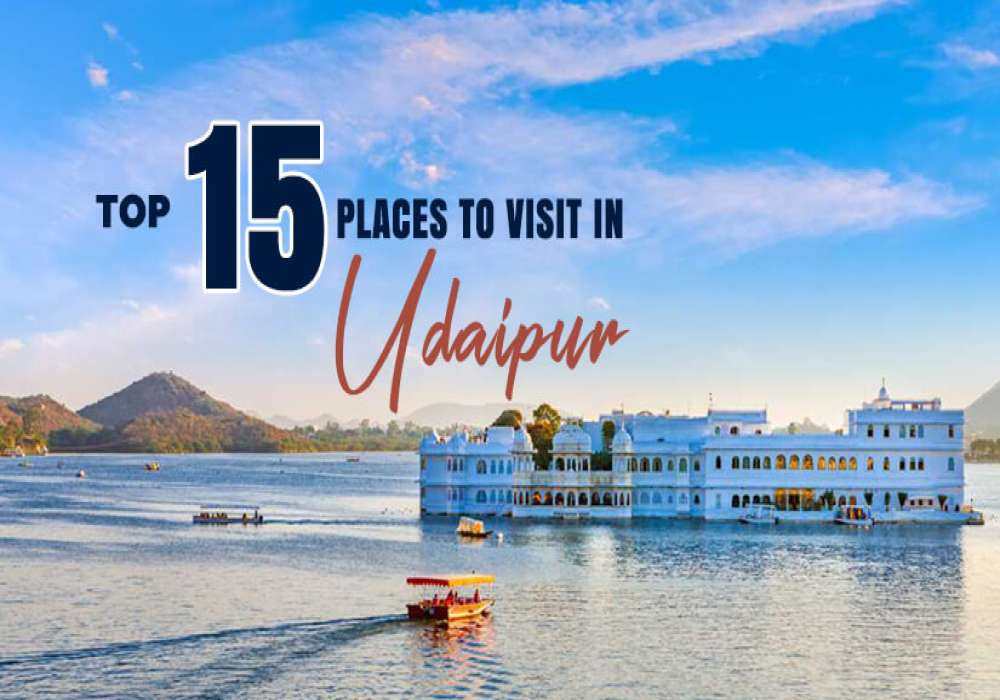
Best Places to Visit in Udaipur - Top Attractions and Tourist Spots
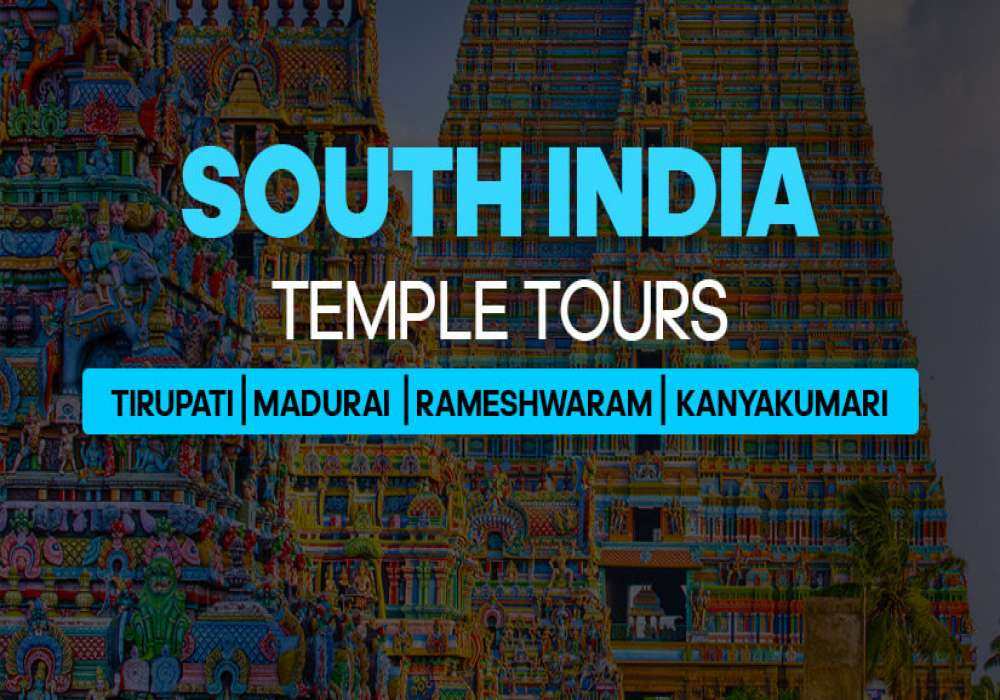
Famous Temples in South India | South India Temple Tour Packages
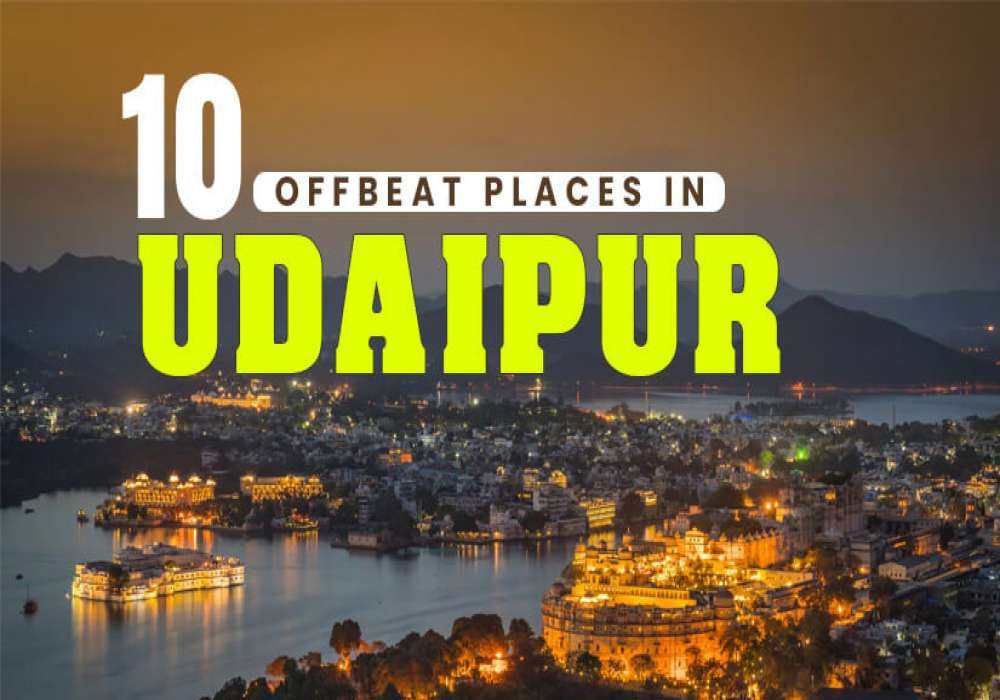
10 Offbeat Places to Udaipur That Will Give You Major Travel Goals
Nearby Stays

Hyatt Regency Ludhiana
Site No. 4 Ferozepur Road, Ludhiana, Punjab 141001
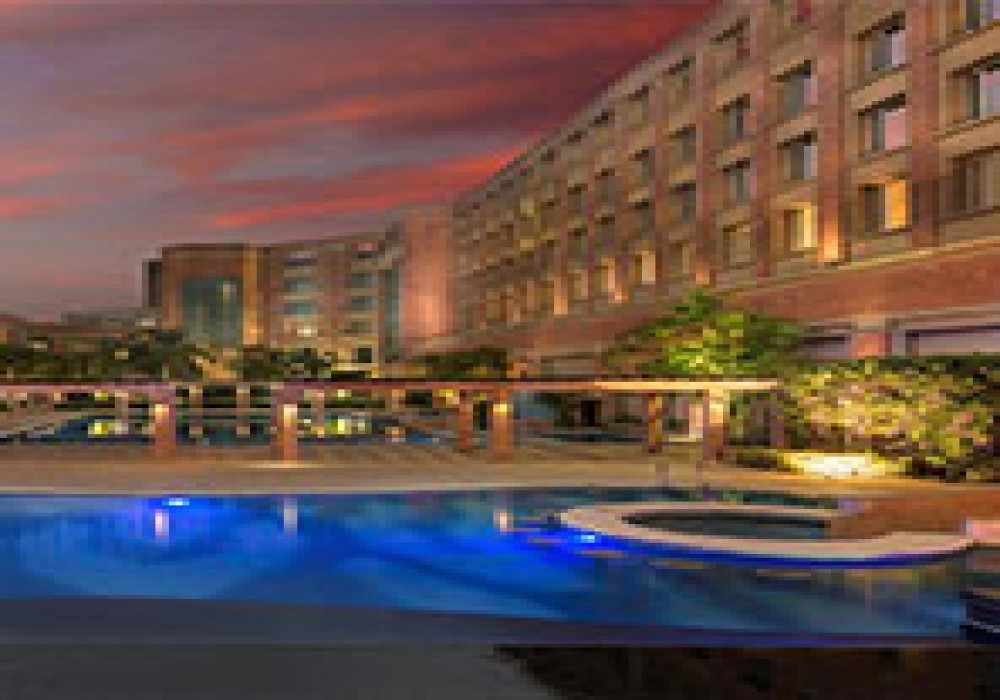
Nirvana Hotels, Banquet and Clubs
Hambran Rd, Partap Singhwala, Ludhiana, Punjab 141...
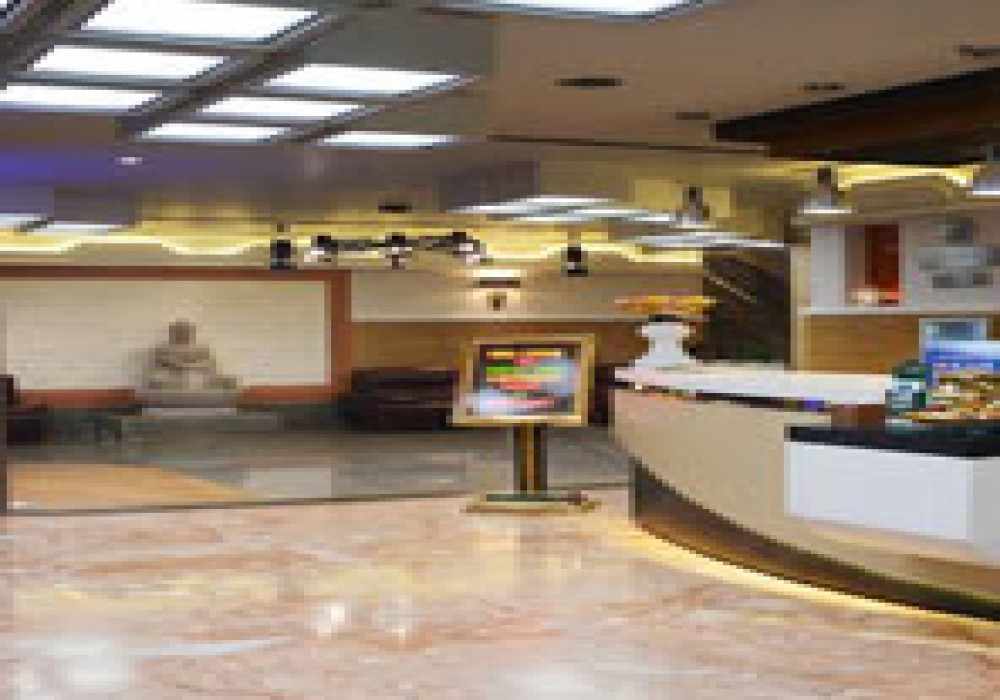
Hotel Onn
Yes Bank X-ing, Onn Lane, Off Ferozepur Road, Ludh...

Hotel Friends Regency
Opp Mini Secretariat, Ferozepur Road, Ludhiana, Pu...


